Taking photos of nature offers a way to catch beauty that many people miss in daily life. The best landscape photographers show us scenes that take our breath away and make us see our world in a new light.
These artists use their cameras to tell stories about mountains, seas, and skies. Their work shows us places we might never visit and moments we might never witness.
This list of famous landscape photographers includes masters who shaped how we view nature through a lens. Some used old film cameras, while others use today’s digital tools.
These photographers teach us to see the world with fresh eyes and to spot wonder in both grand views and small details.
Famous Landscape Photographers
Many talented artists have shaped the world of landscape photography over the years. Each brings a unique view and method to their work.
These landscape photographers have made their mark by skillfully capturing the beauty of our natural world.
1. Abelardo Morell
Morell uses a unique tent-camera technique to project outdoor scenes onto indoor surfaces. His work shows familiar landscapes in fresh ways by merging indoor and outdoor worlds.
Born in Cuba, his photos have been shown in top museums worldwide. His method creates photos that feel both real and dreamlike at the same time.
Morell often sets up his camera in hotel rooms or rented spaces, turning the room itself into a camera obscura that captures the outside world.
His patient approach means he might spend hours in a single spot, waiting for the perfect light to change his chosen scene.
2. Richard Misrach
Misrach is known for his photos of human impact on nature. His “Desert Cantos” series shows the link between people and the land.
He often uses large-format cameras to catch tiny details in big scenes. His work looks at how humans change the Earth through industry, testing, and tourism.
Misrach’s photos are both beautiful and troubling, asking us to think about our role in changing the natural world around us. His use of color helps create a mood that pulls viewers into the story of each place he shoots.
3. Carleton Watkins
Watkins was a pioneer in the 1800s who helped show Americans the beauty of the West. His photos of Yosemite Valley helped make it a national park.
He worked with huge glass plates despite the rough land he had to cross. His sharp, clear views of untouched nature still amaze viewers today.
Watkins had to carry heavy gear on mules to reach many of his shooting spots, showing his deep commitment to his craft. Without modern tools, he still made photos that stand up against those taken with today’s best gear.
4. Andreas Gursky
Gursky creates large-scale photos that often show patterns in nature and society. His work blends fact and art in a way that makes you look twice.
He uses digital tools to make perfect scenes that might not exist in real life. His photos sell for some of the highest prices in art history.
Gursky’s massive prints let viewers see both the whole scene and its tiny parts at once, creating a new way to look at the world. His photo “Rhein II” sold for $4.3 million in 2011, making it one of the most costly photos ever.
5. Hiroshi Sugimoto
Sugimoto is famous for his seascape series that shows the meeting of sea and sky. These simple but moving photos look almost the same, yet each has its own mood.
He uses long exposures that smooth out the water and create a sense of time passing. His black and white photos feel timeless and pure, focusing on the basic elements of earth, water, and air.
Sugimoto brings a sense of peace to his work that makes viewers slow down and think about the link between space and time.
6. Ansel Adams
Adams defined American landscape photography with his sharp black and white images of the West. His zone system method helped many learn to control light and dark in photos.
His work in Yosemite and other national parks shows nature at its grandest and purest. Adams also helped protect wild places through his photos, showing people the value of keeping nature safe.
He once said, “You don’t take a photograph, you make it,” showing his view that photos are made through skill, not just by pressing a button.
7. Edward Burtynsky
Burtynsky shows how humans have changed the land through industry and the use of resources. His photos of mines, dams, and factories are both beautiful and disturbing.
He often shoots from high up to show the scale of human impact on Earth. His work asks hard questions about how we use the planet and what will happen if we keep going this way.
The beauty in his photos of damaged places creates a tension that makes his message even stronger.
8. Valda Bailey
Bailey uses special methods to catch color and movement in her nature photos. Her work looks more like paintings than normal photos.
She plays with light and color to create a mood rather than show what she saw. Bailey finds beauty in small scenes that others might walk past, teaching us to notice the quiet magic in common places.
Her photos remind us that there are many ways to see and show the world, not just the sharp, clear style that most use.
9. Ted Gore
Gore mixes top skill with deep feeling in his photos of wild places. His work shows both the grand view and the tiny details of nature.
He uses careful methods to bring out the best in each scene he shoots. Gore often waits hours or days for the right light, showing that good photos come from patience as much as from skill.
His mix of art and method makes photos that pull you in and make you feel like you’re standing right where he stood.
10. Guy Tal
Tal writes as well as he shoots, sharing his views on the art and purpose of nature photos. His work often shows less-known parts of the American West in ways that feel new.
He thinks of his photos as art that comes from his heart, not just pretty views. Tal wants his photos to make people feel, think, and care more about wild places.
His work teaches us to look deeper into the scenes before us and find meaning beyond just what we see.
11. Max Rive
Rive takes bold photos of mountains that show both their power and grace. His work often puts tiny human figures against huge peaks, showing how small we are.
He hikes to spots that few reach, at times that fewer still would choose to be there. Rive’s photos catch light that seems almost magical, turning peaks into temples of stone and snow.
His story of starting to take photos after a bad injury shows that great art can come from tough times.
12. Michael Kenna
Kenna is known for his simple, black and white photos that catch the quiet mood of landscapes at dawn or dusk. He often uses long exposures that smooth water and clouds into soft shapes.
His style turns real places into almost dream-like scenes through his careful framing and timing. Kenna’s work shows beauty in empty spaces that many might find plain.
His photos have a calm, clean look that pulls viewers into the quiet moments he finds in nature and man-made settings.
13. Galen Rowell
Rowell was both a top mountain climber and a great photographer who caught the light of far-off places. His skill on rock and ice let him reach spots to shoot that others couldn’t.
He was known for his photos of what he called “the magic hour,” when light is most rich. Rowell died in a plane crash in 2002, but his work still moves new shooters to head for the hills.
His photos show that getting the best shots often means going to hard places at tough times.
14. Charlie Waite
Waite has a gift for catching the soft, gentle light that plays across the fields and hills of his native England. His photos have a calm, careful feel that comes from his patient wait for perfect conditions.
He founded the “Landscape Photographer of the Year” contest to help others share their work. Waite’s photos show nature shaped by human hands through farms and old stone walls.
His work proves that great landscape photos can come from gentle farmland as well as wild peaks.
15. Edward Weston
Weston helped shape modern photo art with his clean, clear still lifes and nature shots. His close-up views of shells, plants, and land forms find art in nature’s shapes.
He was part of a group called f/64 that pushed for sharp, pure photos over soft, dreamy ones. Weston once said his goal was “to make the common-place unusual,” a good sum-up of what his best work does.
His simple but perfect photos teach us that less is often more.
16. Stephen Shore
Shore brings art to scenes of daily life across the United States. His road trip photos from the 1970s show how common scenes can be made special.
He played a big part in getting color photos taken more seriously as art. Shore’s work has a quiet but clear eye for the look and feel of American spaces.
His shots of roads, diners, and small towns add up to a rich view of the country’s shared spaces.
17. Rick Dingus
Dingus often adds his own marks to photo prints, creating works that blur the line between photo and drawing. His re-photos of places shot by others in the past show how places change over time.
He has a deep link to the land of the southwest, which shows in his rich body of work. Dingus asks us to think about our views of the West and how they match or miss the mark with real places.
His work shows that a photo can be both a record and a personal view.
18. Murray Fredericks
Fredericks catches the pure space and light of places like salt lakes and empty plains. His shots often have no clear subject, just space, sky, and the play of light on them.
He will camp for weeks in harsh spots to get the shots he wants. Fredericks’ work has a pure, clean look that makes us feel the space of far-off places.
His Salt Lake series has a look that’s hard to place on Earth, making us see our own world in new ways.
19. Sean Bagshaw
Bagshaw takes rich, bold shots of the wild lands of the Pacific Northwest. He also teaches photo editing skills that help others bring out the best in their work.
His methods help raw shots match what the eye can see, but cameras often miss. Bagshaw is known for both his fine photos and his clear way of sharing what he knows.
His work shows that modern digital photos can be both true and high-quality at the same time.
20. Matt Payne
Payne mixes his love of hiking and climbing with his passion for taking photos. He runs a podcast where he talks with other top landscape shooters about their work.
His own photos show the mood and feel of the mountains he loves to climb. Payne’s work proves you don’t need to live near well-known parks to make great nature photos.
And, his shots of less-known peaks and trails show there’s beauty to be found off the beaten path.
21. Jake Guzman
Guzman has a gift for finding new ways to shoot well-known spots like Utah’s slot canyons. His work with light and space creates shots that feel fresh even in much-photographed places.
He spends long hours in the field, often in tough weather, to get the shots he wants. Guzman’s photos show that even the most shot places can yield new views with the right eye.
His work stands out in a field where too many photos look the same.
22. Viktoria Haack
Haack brings a painter’s eye to her photos of the lovely lakes and peaks of western Canada. She often works in the soft light of dawn or in mist that adds mood to her scenes.
Her work shows that great photos need feeling as much as sharp focus or perfect light. Haack’s photos have a gentle beauty that feels warm and welcoming rather than grand or remote.
She finds ways to make big views feel personal and close to the heart.
23. Kai Hornung
Hornung takes clean, bold photos of the Alps that show both their beauty and their harsh nature. His work shows a deep link to the peaks, not just as things to shoot but as places to know well.
He often shoots in the “blue hour,” just before dawn, when most are still in their sleeping bags. Hornung’s photos show both skill with the camera and a willing to work hard for the right shot.
His shots of snowy peaks in dawn light are among the best of their kind.
24. Sarah Marino
Marino focuses on “small scenes” that many pass by while looking for grand views. Her close-up shots of plants, rocks, and water catch patterns that please the eye.
She takes time to look deeply at what’s right in front of her, not just what’s far away. Marino’s work teaches us to slow down and notice beauty in things we might walk right past.
Her photos show that you don’t need grand scenes to make photos that move and please.
25. David Thompson
Thompson shoots bold, color-rich photos of the American West that catch the eye and hold it. His work shows both the beauty and the tough side of places that can be harsh and unforgiving.
He often plays with how light and weather change the mood of a scene. Thompson’s photos have a clean, clear look that lets the land speak for itself without tricks.
His work shows the West as both myth and real place, tied to both our dreams and the ground.
26. Erez Marom
Marom leads photo trips to some of the world’s most harsh but lovely spots. His photos of ice, fire, and remote lands have a bold look that grabs the eye.
He will stand for hours in bitter cold to catch the right light on ice or stone. Marom shows that great nature photos often come at the cost of comfort and ease.
His shots of places like Iceland and Patagonia make us feel the wild force of nature.
27. Ryan Dyar
Dyar creates photos with a dreamy mood that still feel grounded in real places. His shots of the Pacific Northwest capture the lush, green feel of its forests and coasts.
He uses methods that boost mood and feeling while keeping the scene true to what’s there. Dyar’s work shows that a photo can be both a record of a place and a mood piece that stirs feelings.
His work has been key in shaping a style that many now try to copy.
28. Alex Noriega
Noriega has a gift for finding the most striking light and weather for his photos of the West. His work has both high skill and a clear style that makes his shots stand out.
He teaches his methods to others, sharing what he’s learned through years in the field. Noriega’s mix of grand views and close-ups shows his range as a shooter.
His photos remind us that light is the true subject of all great landscape work.
29. Casey McCallister
McCallister brings a fresh eye to scenes from coast to coast in the United States. His use of color helps create a mood that’s both true to place and touched by his own view.
He works in all types of weather, knowing that clear blue skies aren’t always the best for rich photos. McCallister has a knack for shots that feel both big in scale and close to the heart.
His range of work shows that good shooters can find worthy scenes no matter where they are.
30. Scott Smorra
Smorra finds magic in the light that plays on rocks, trees, and water in the mountain west. His photos catch brief moments when sun, clouds, and land come together just right.
He plans his shots with care, knowing where the light will fall at each time of day and year. Smorra’s work feels both planned and lucky, a mix of skill and being in the right place at the right time.
His shots remind us that the best photos often come from knowing a place well over time.
31. Erin Babnik
Babnik mixes her deep study of art history with her eye for the grand scenes of the West and Alps. Her photos have a sense of space and light that pulls viewers in and makes them feel the scene.
She is known for her talks and writing on the art of landscape photos as much as for her own work. Babnik shows that the best landscape photos come from both the head and the heart.
Her work proves that you can be both smart about your craft and moved by what you shoot.
Note: What links all these great photographers? They share a deep patience. Each one spends hours, days, or even weeks waiting for the perfect moment when light, weather, and land meet.

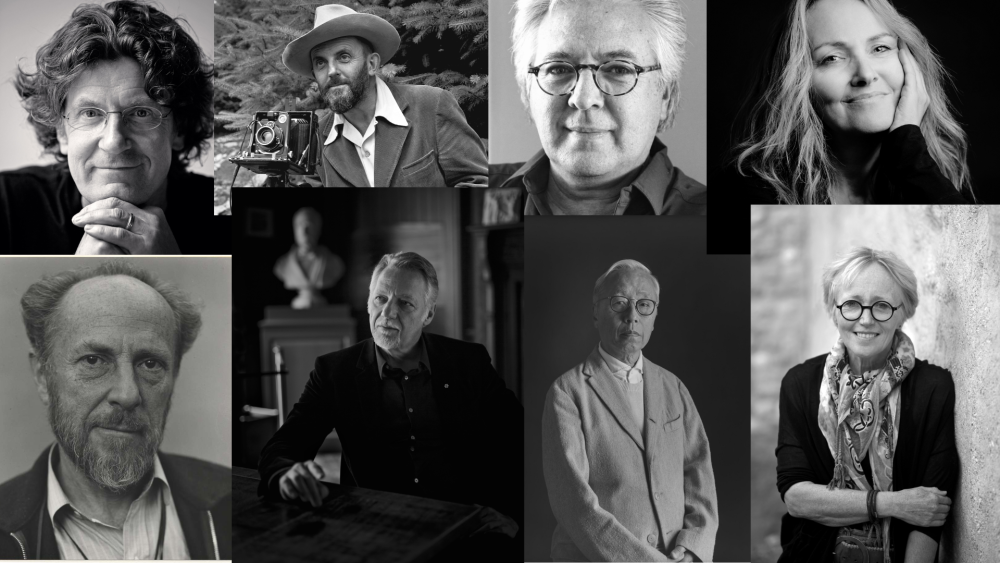
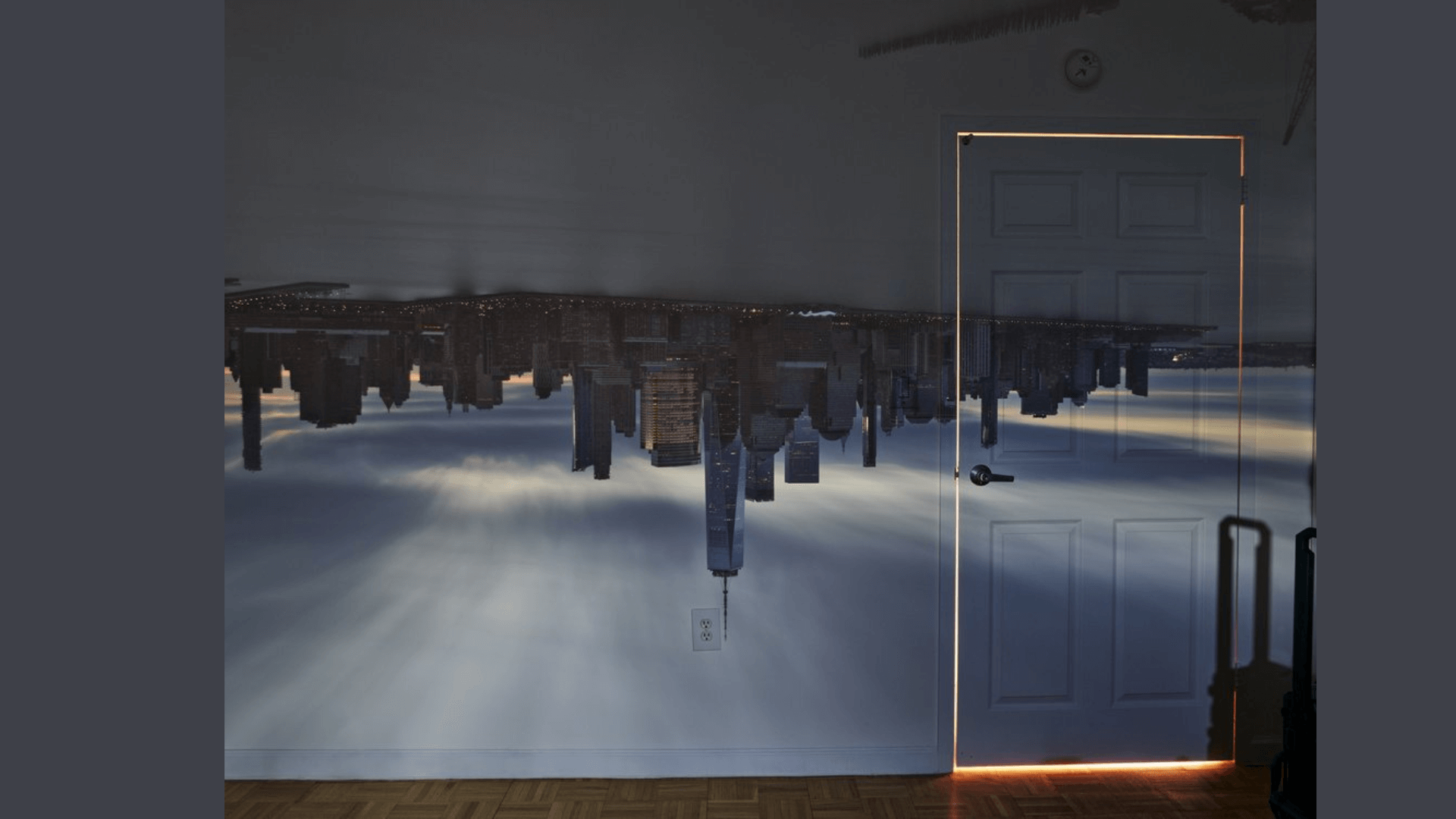

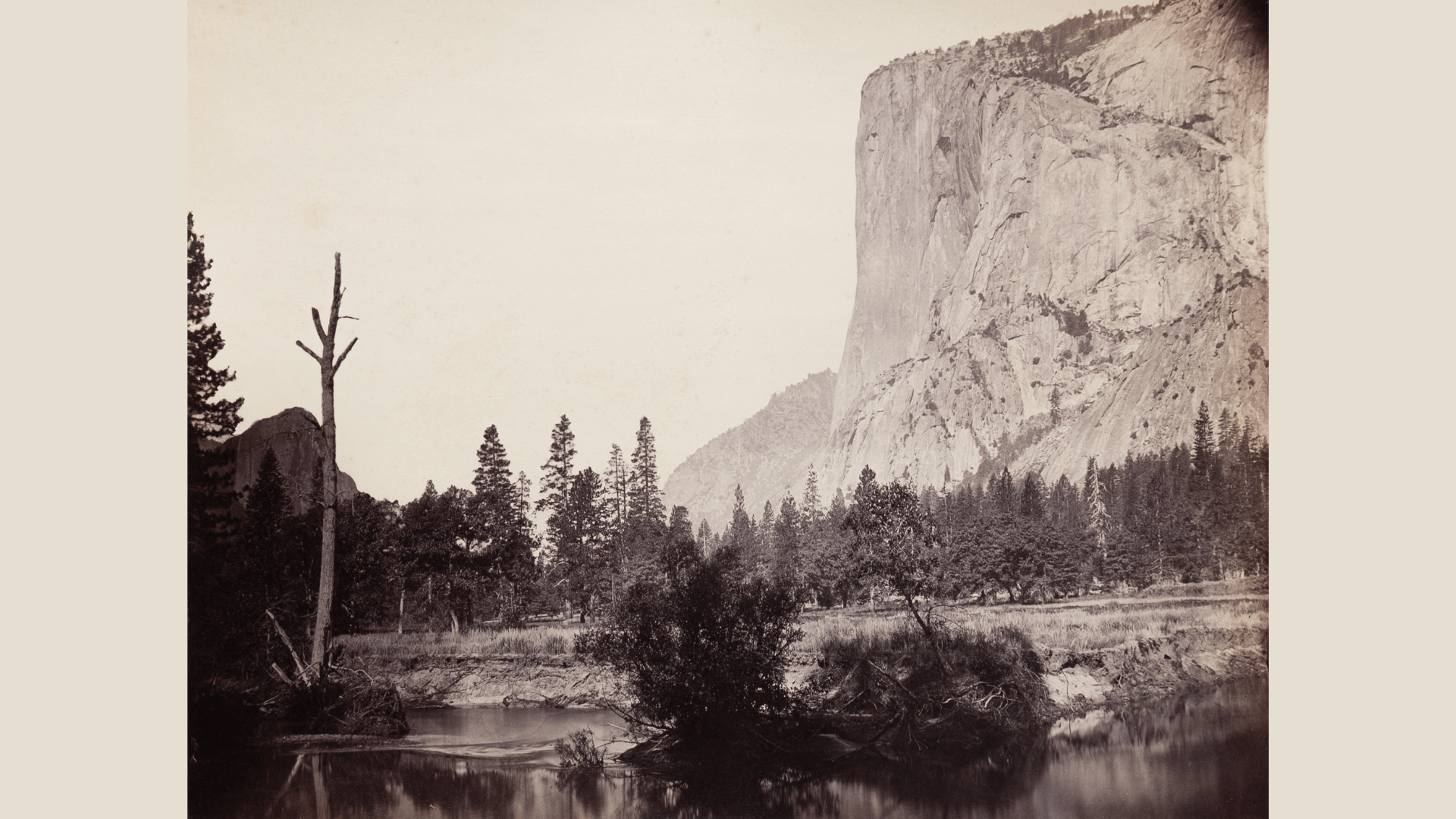
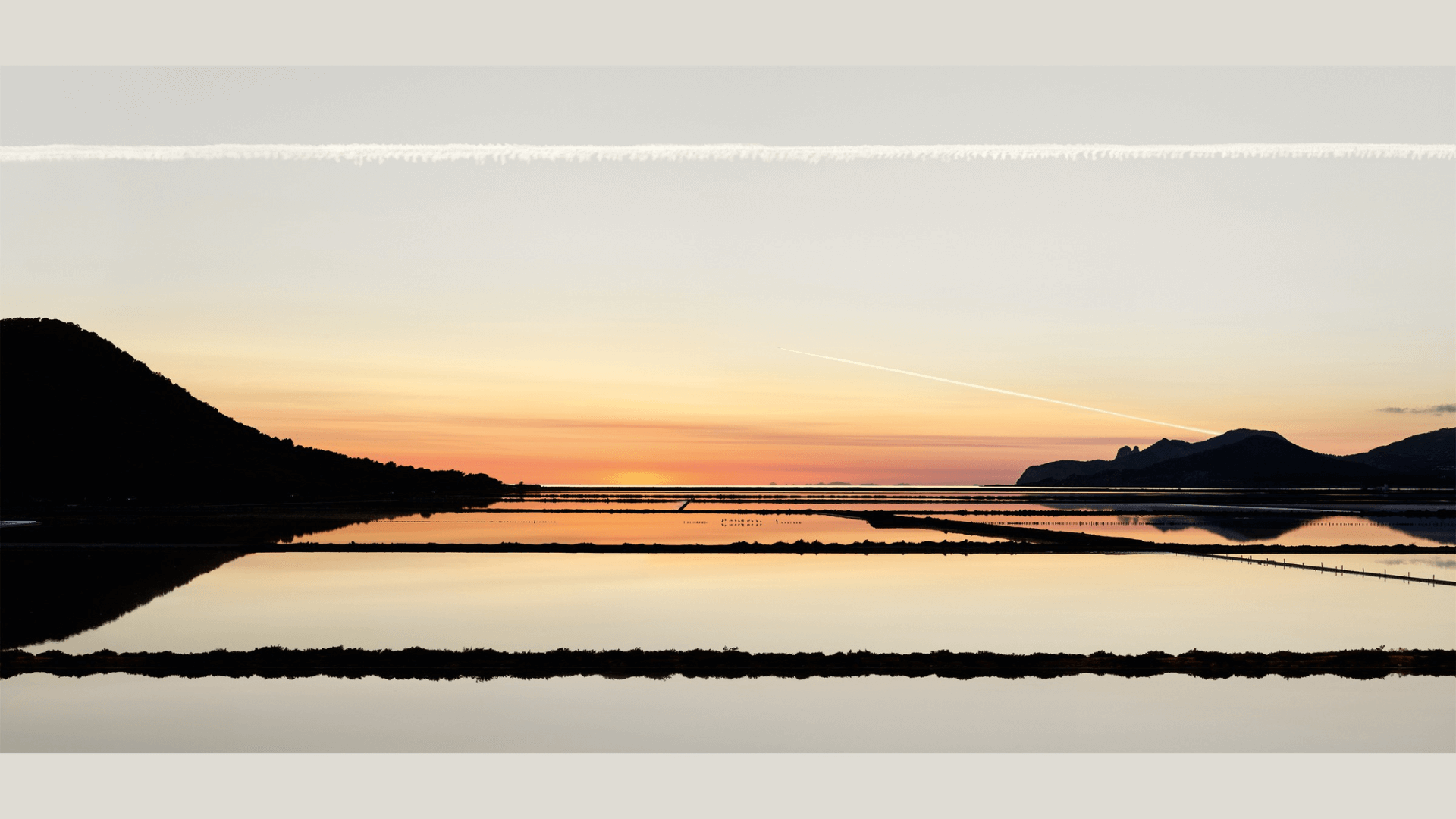
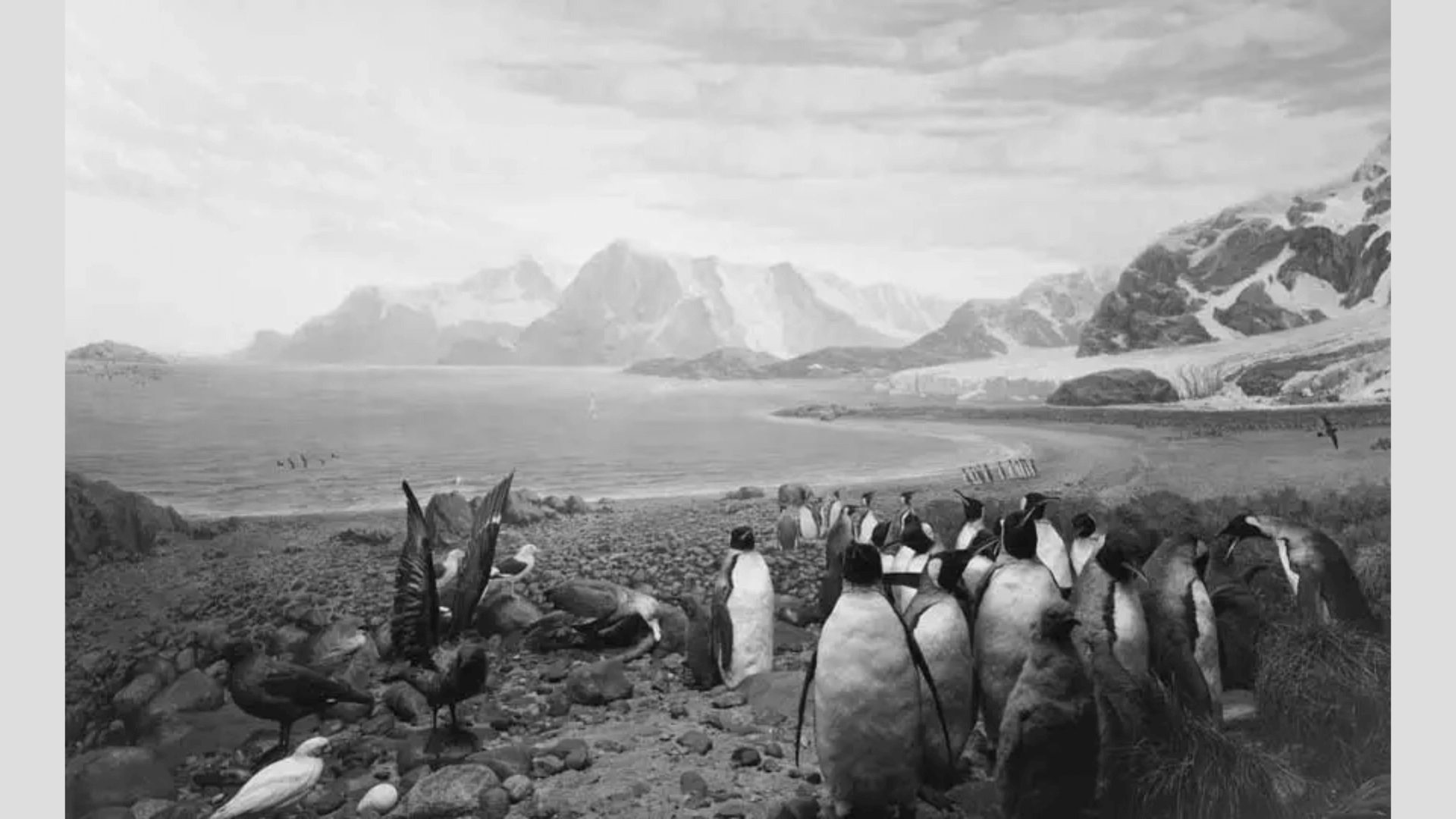
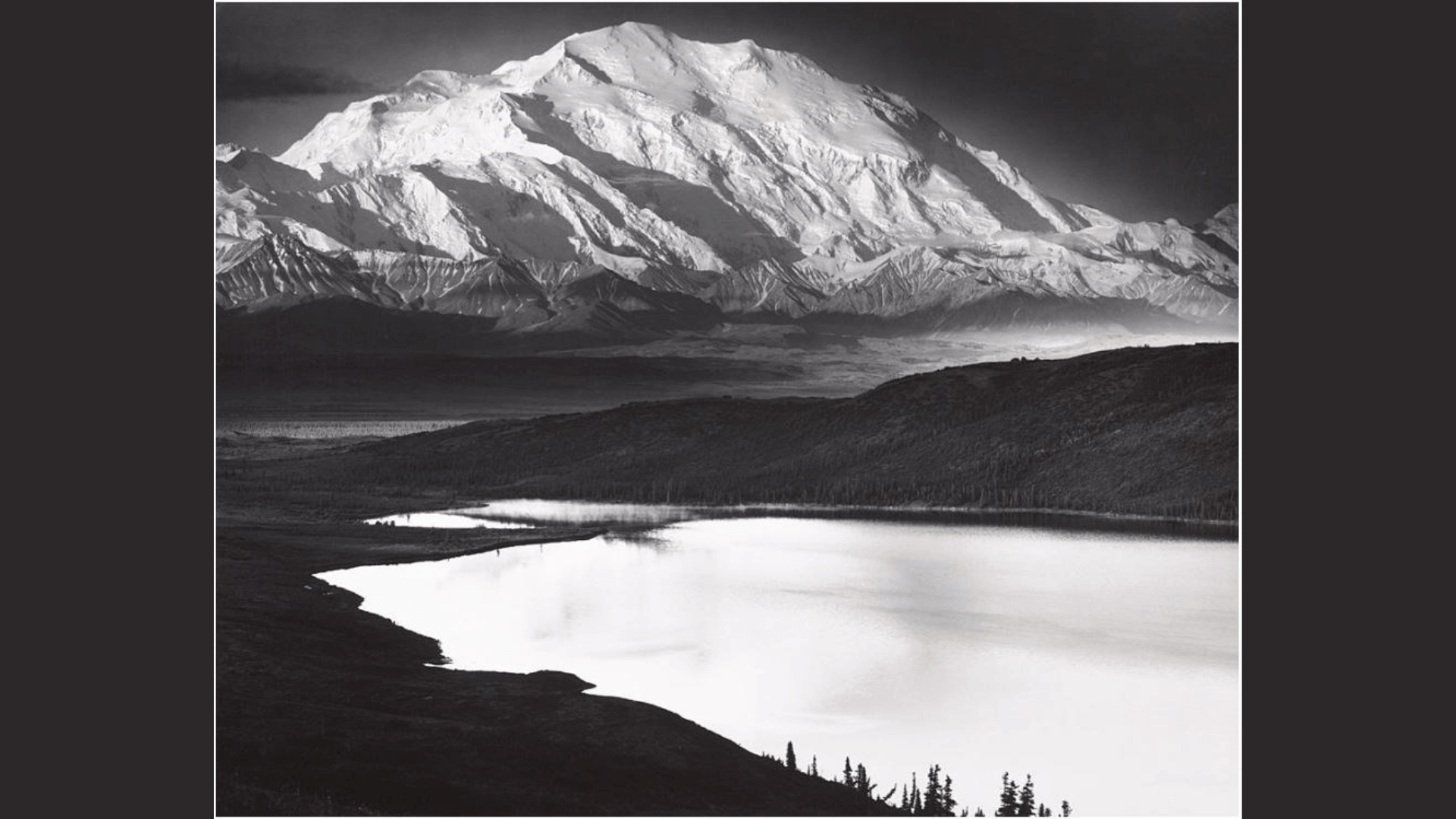
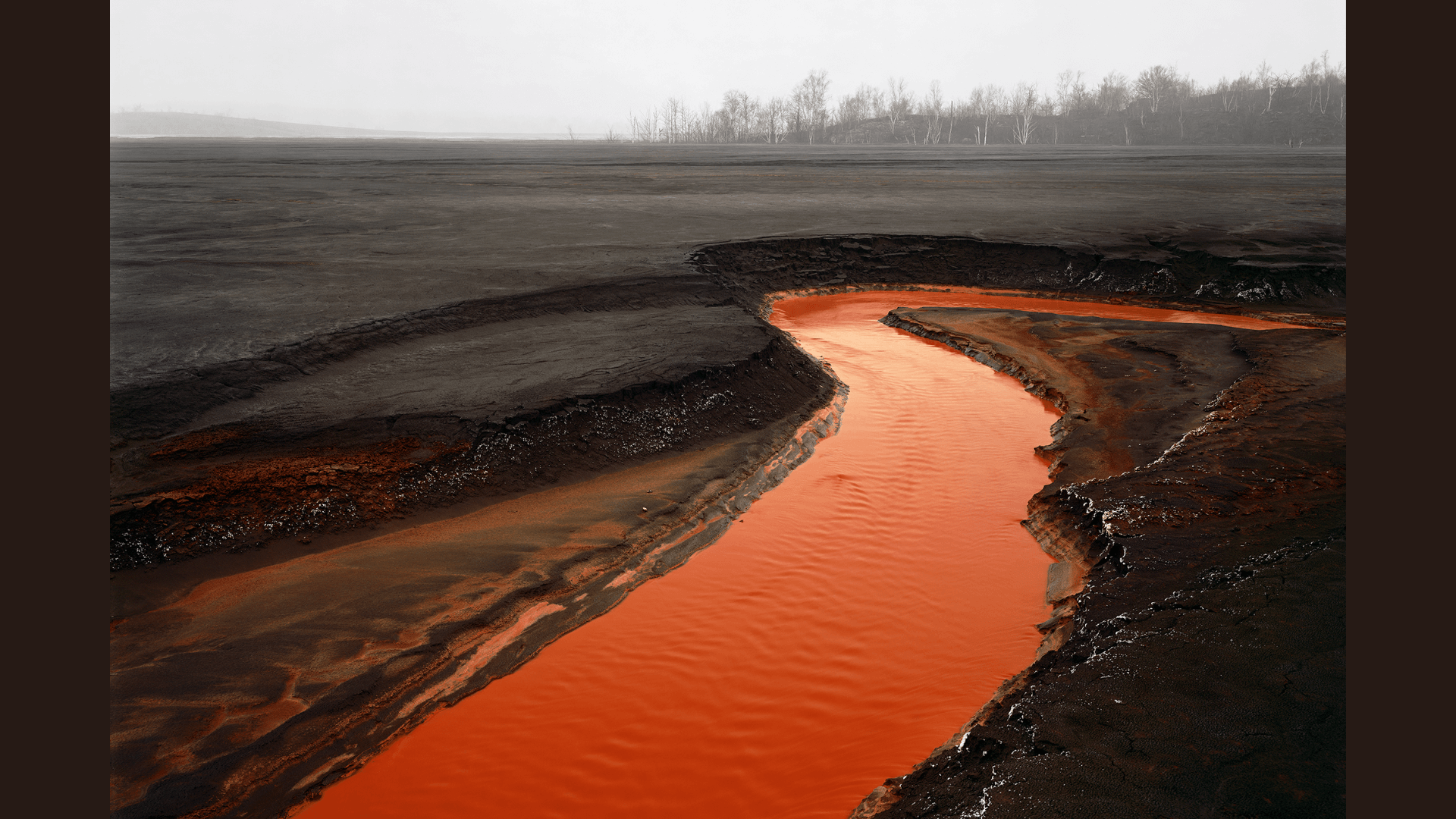
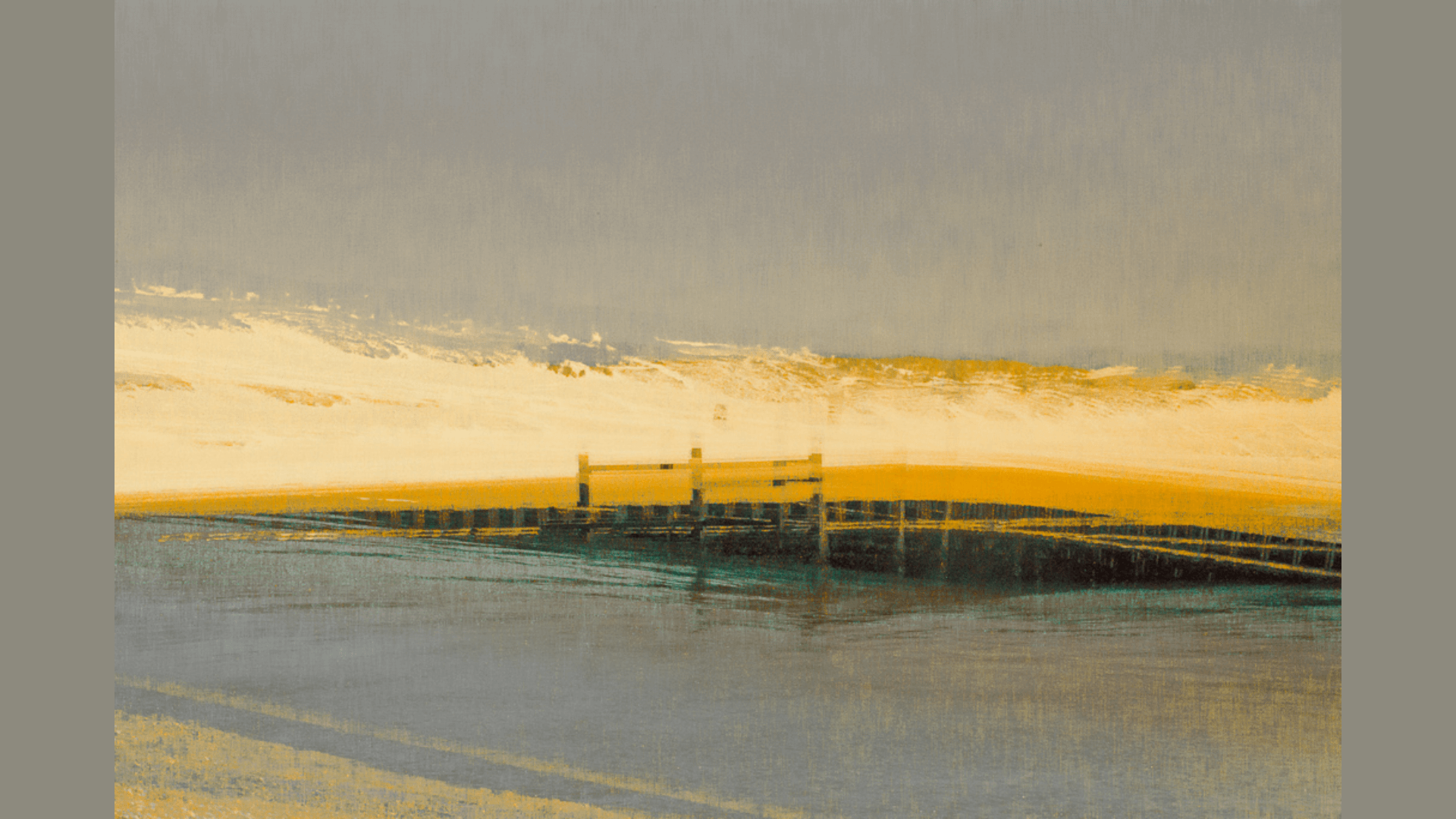
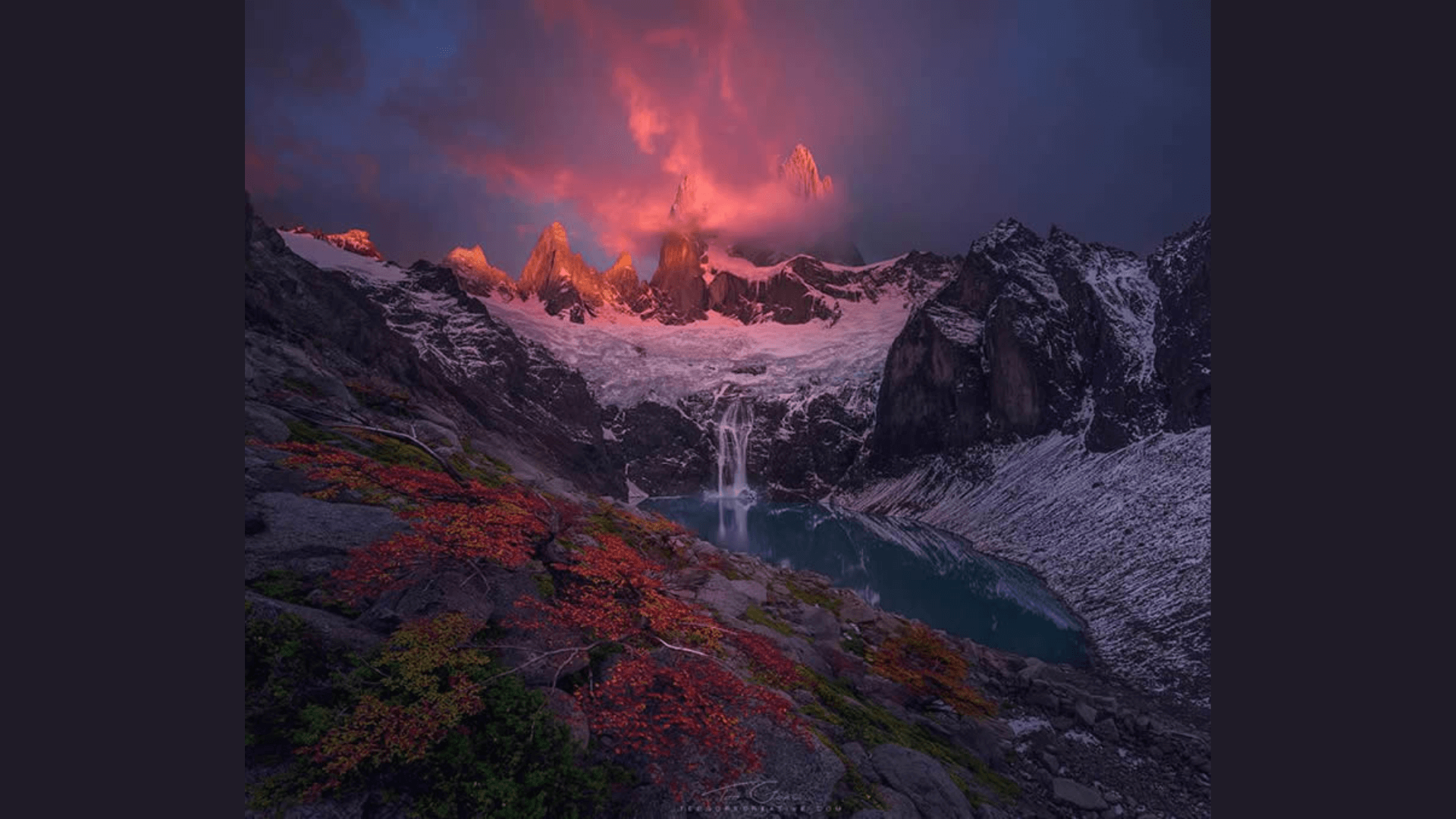
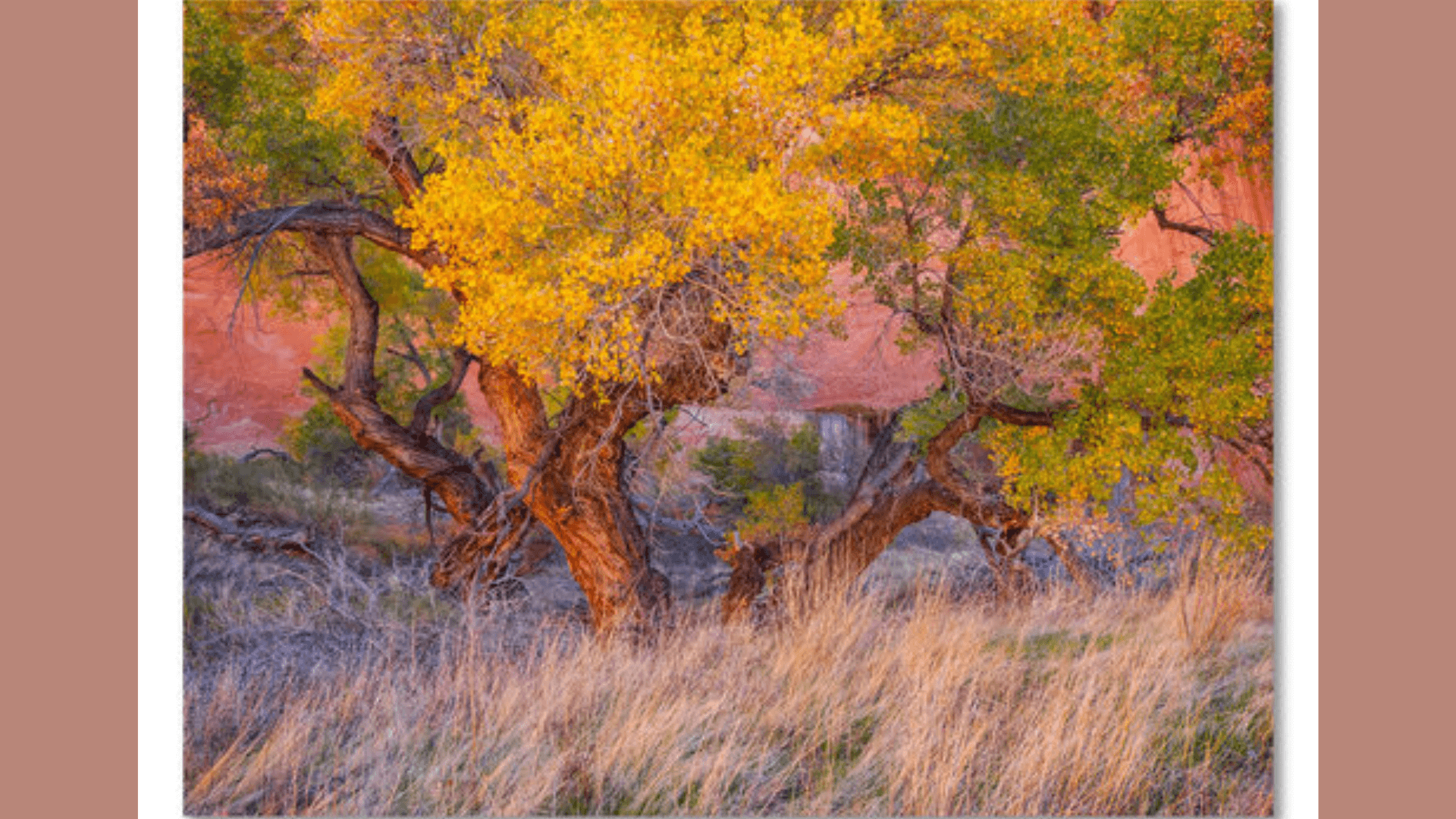
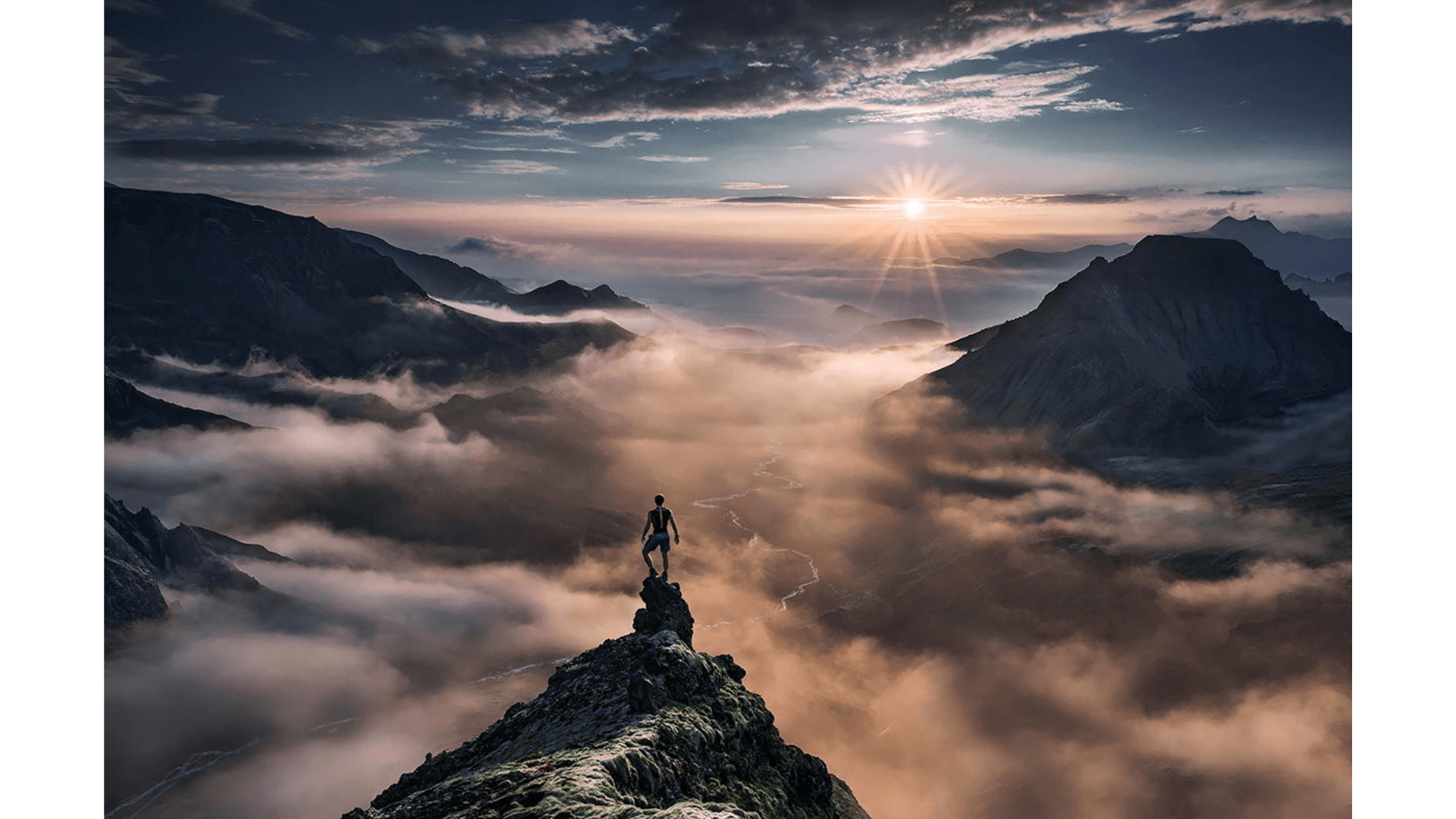
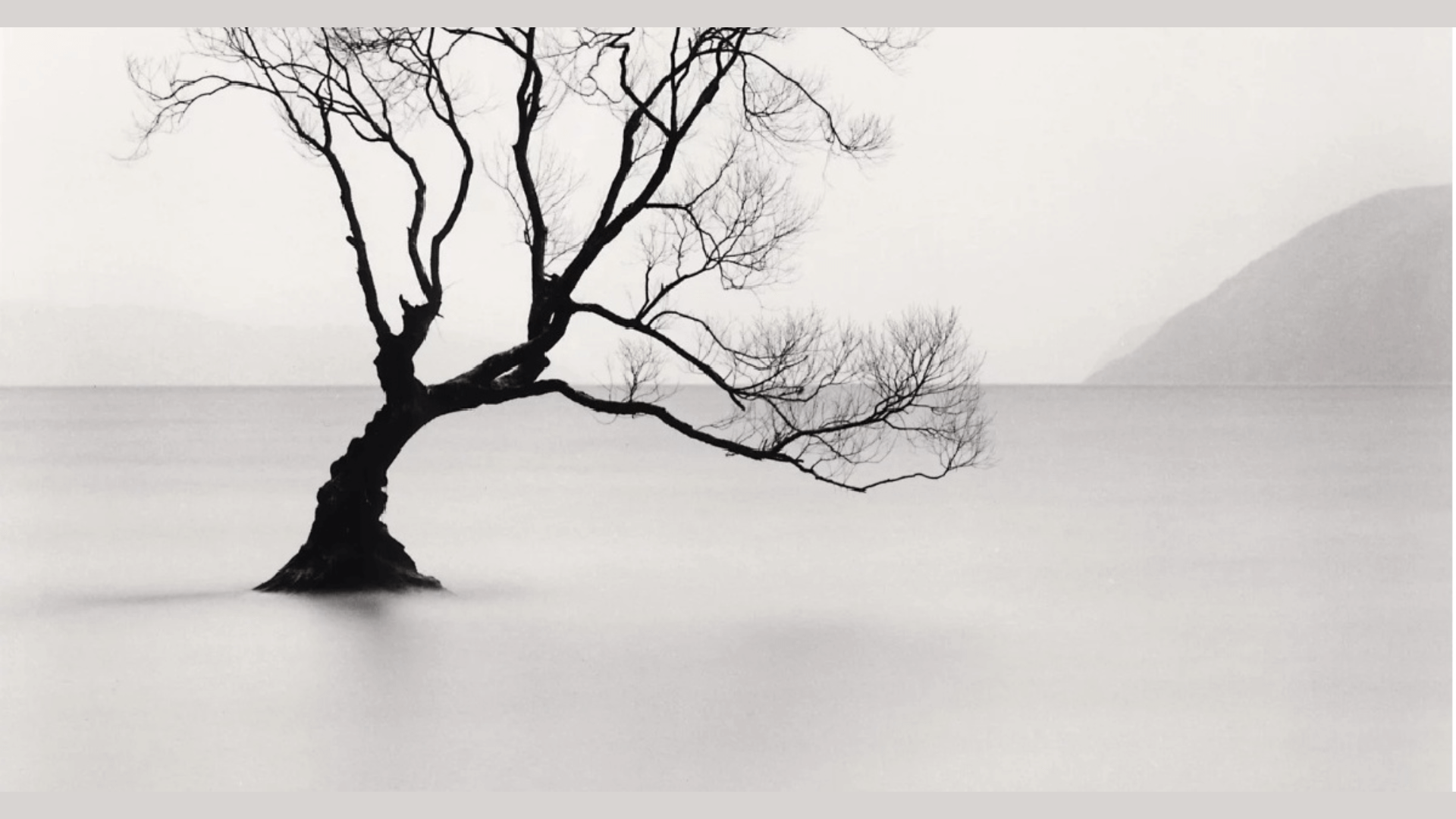
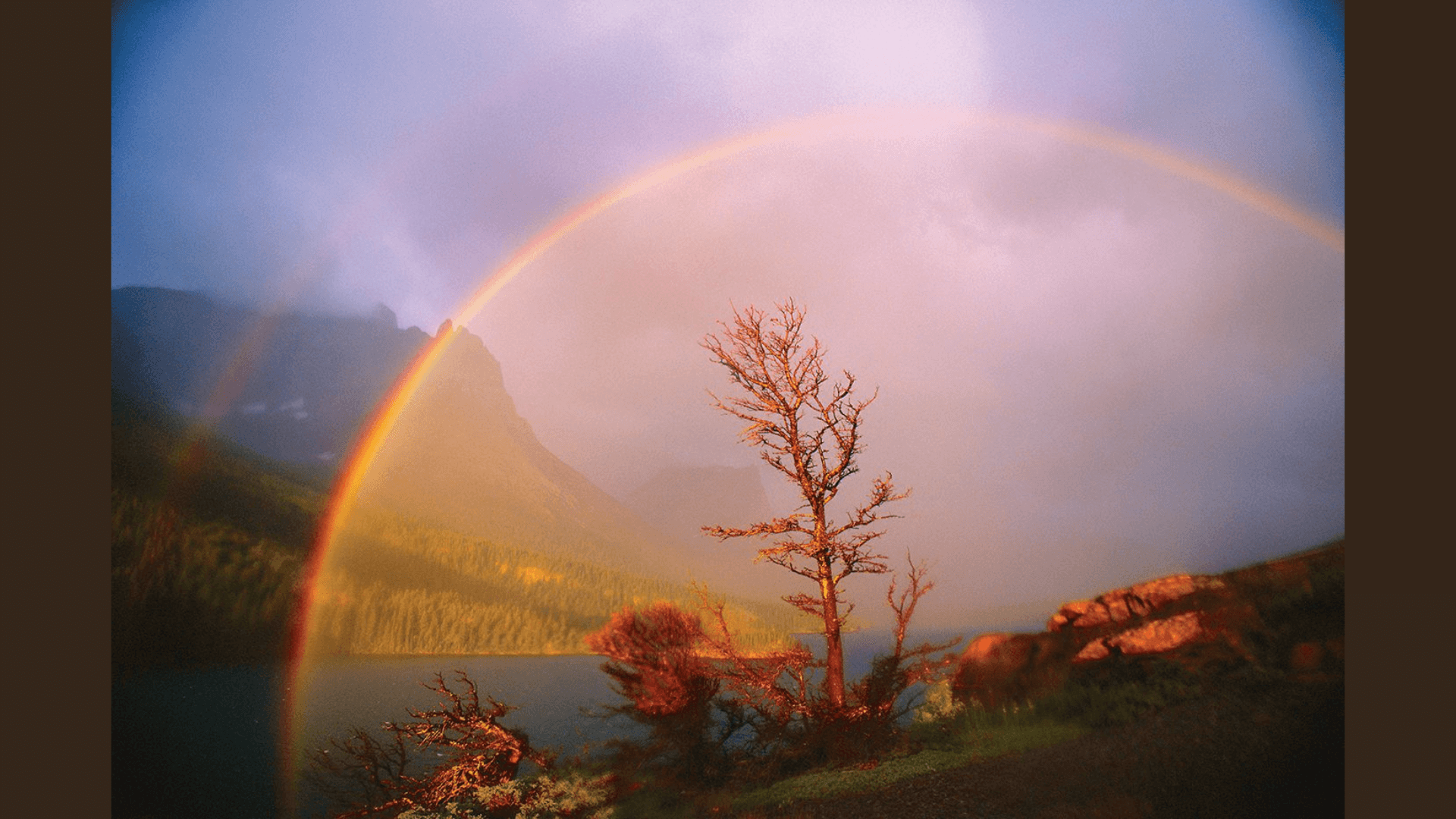
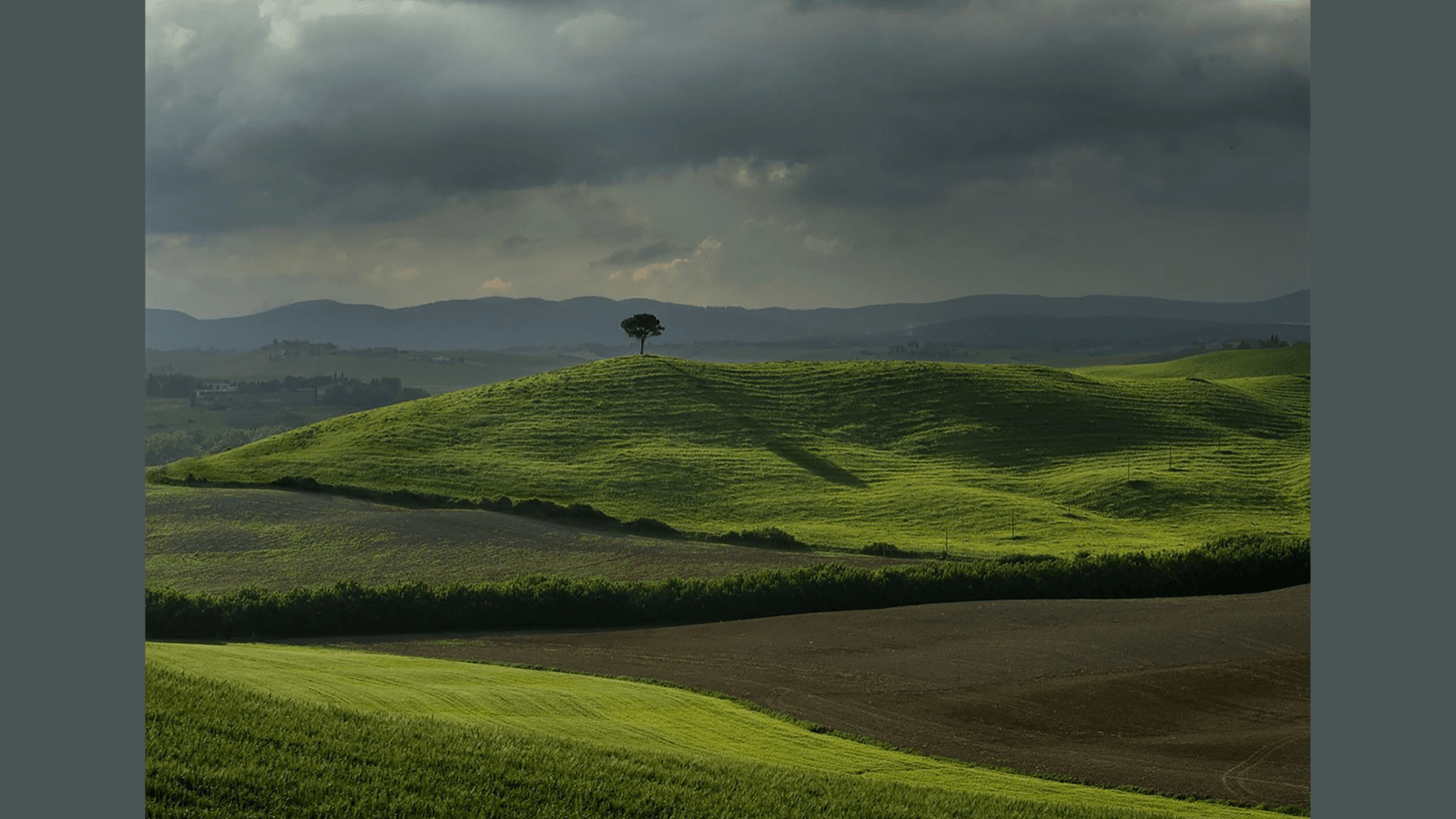
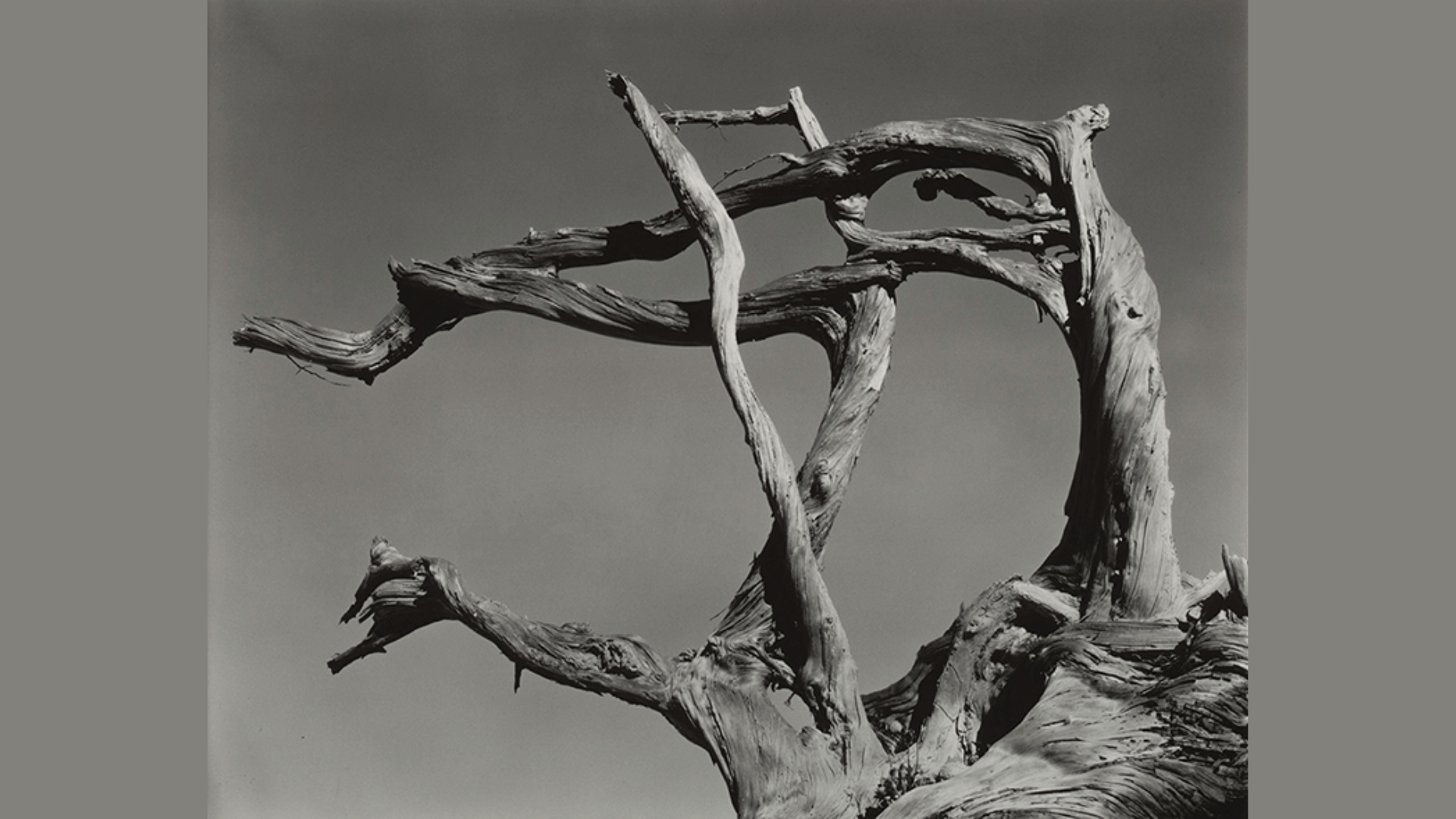
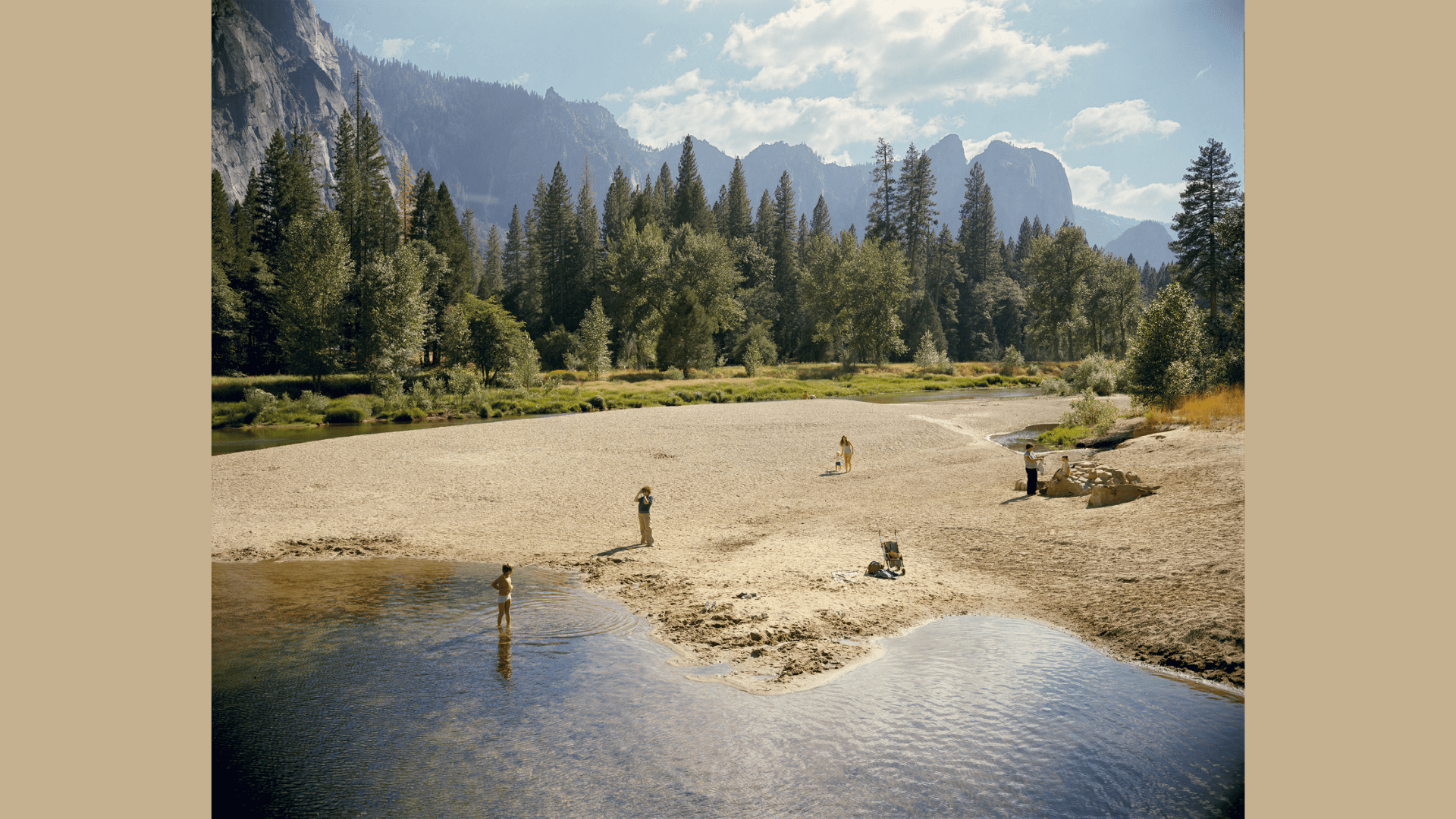
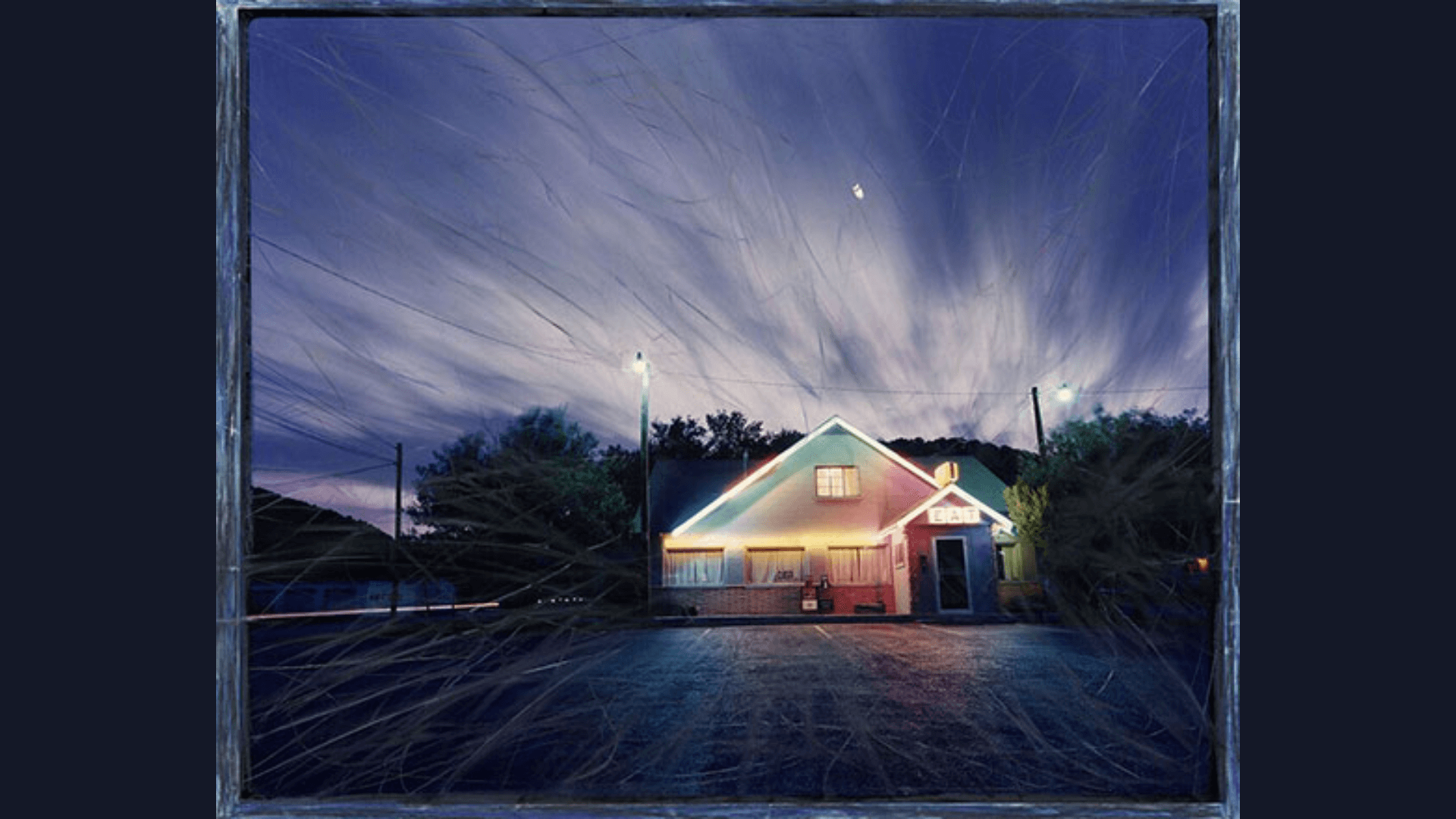
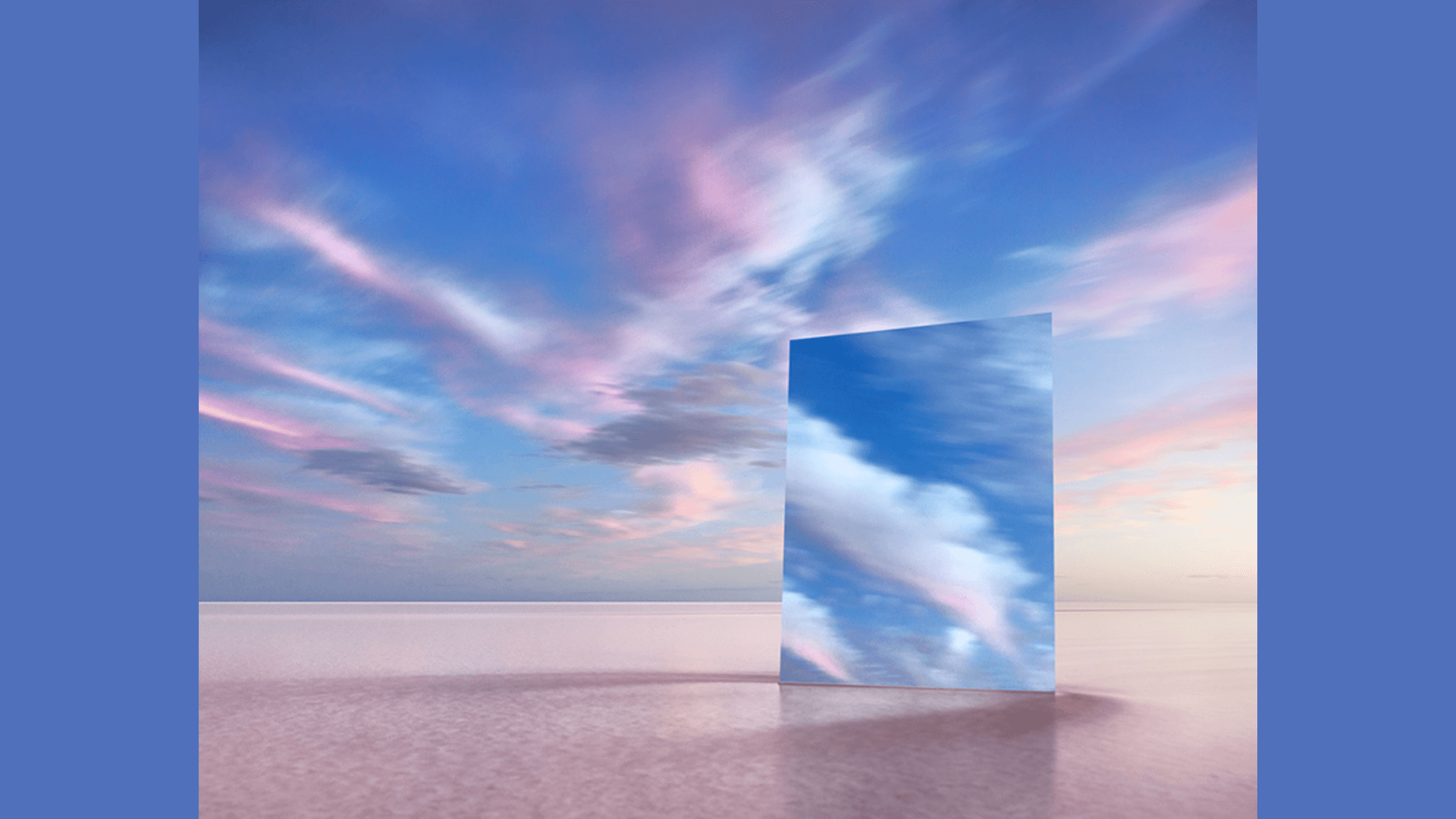
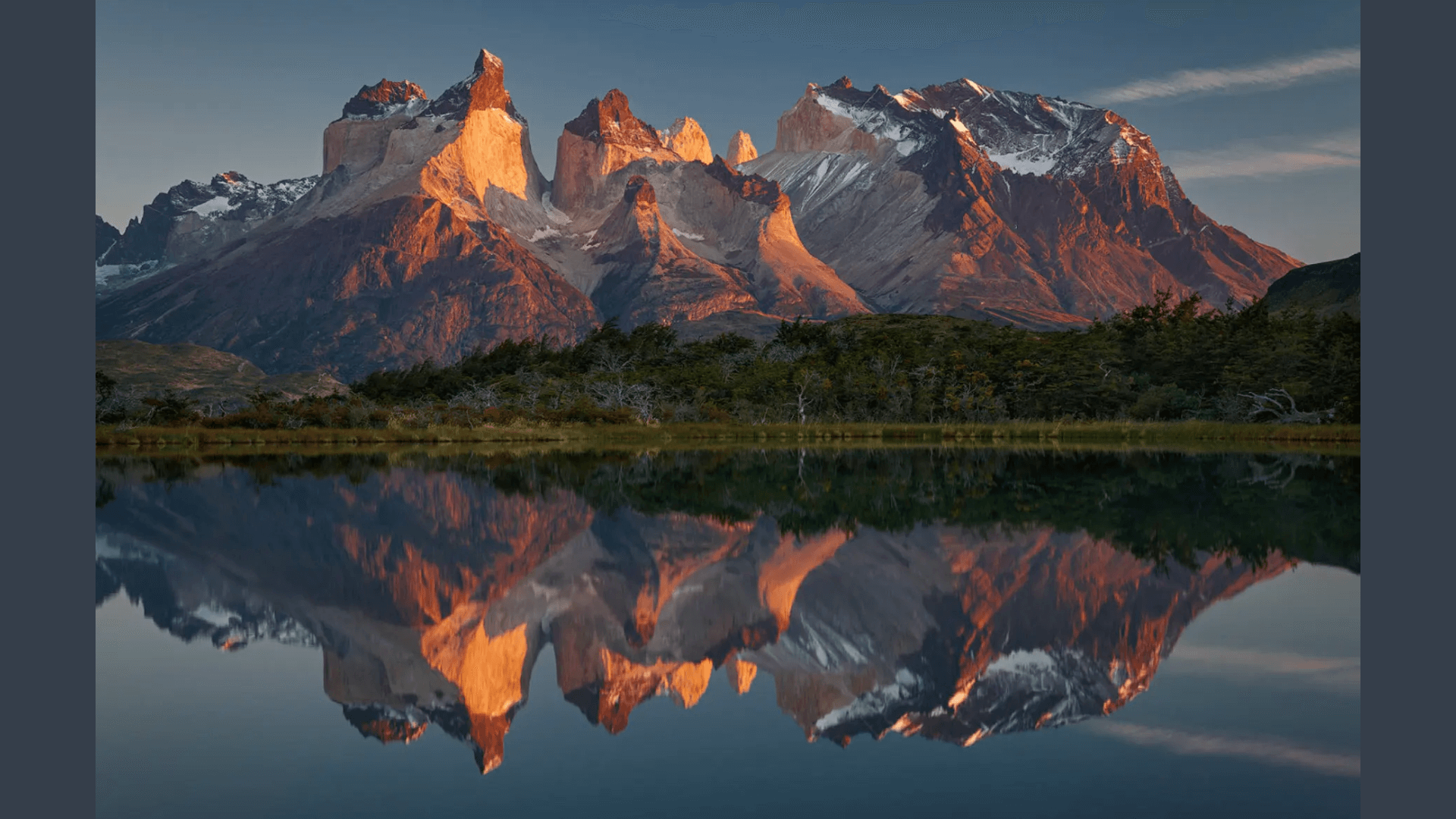
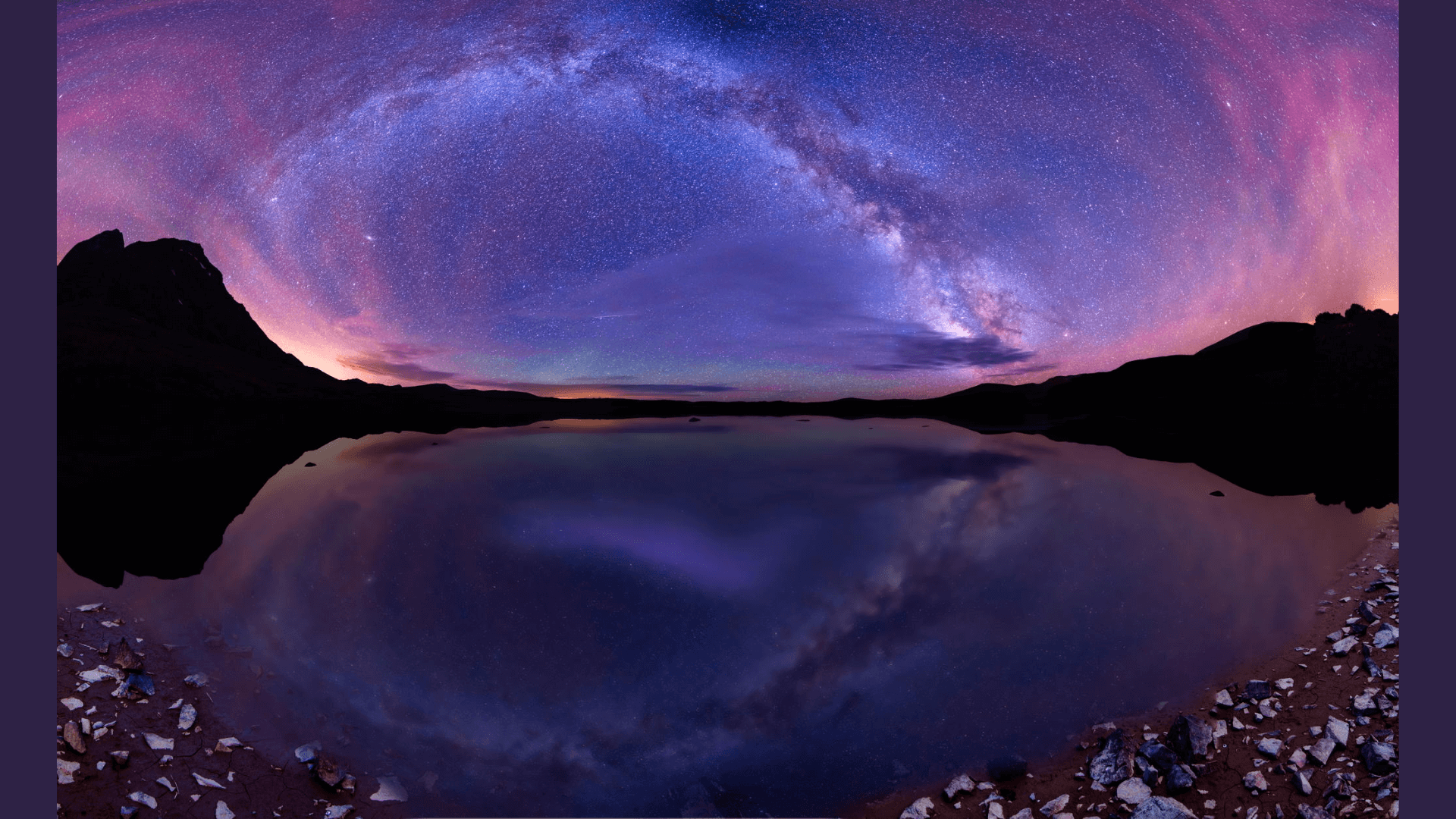
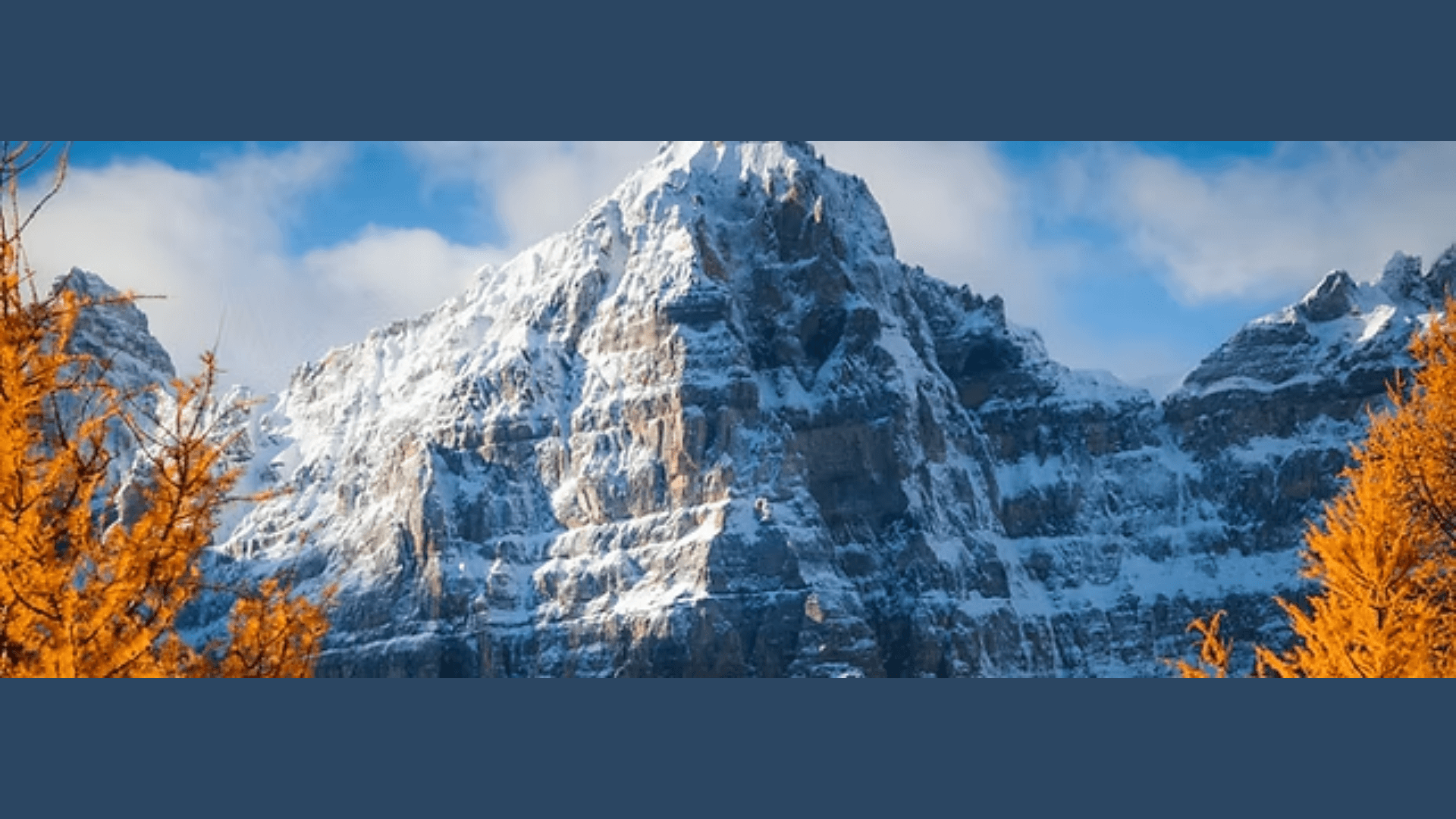

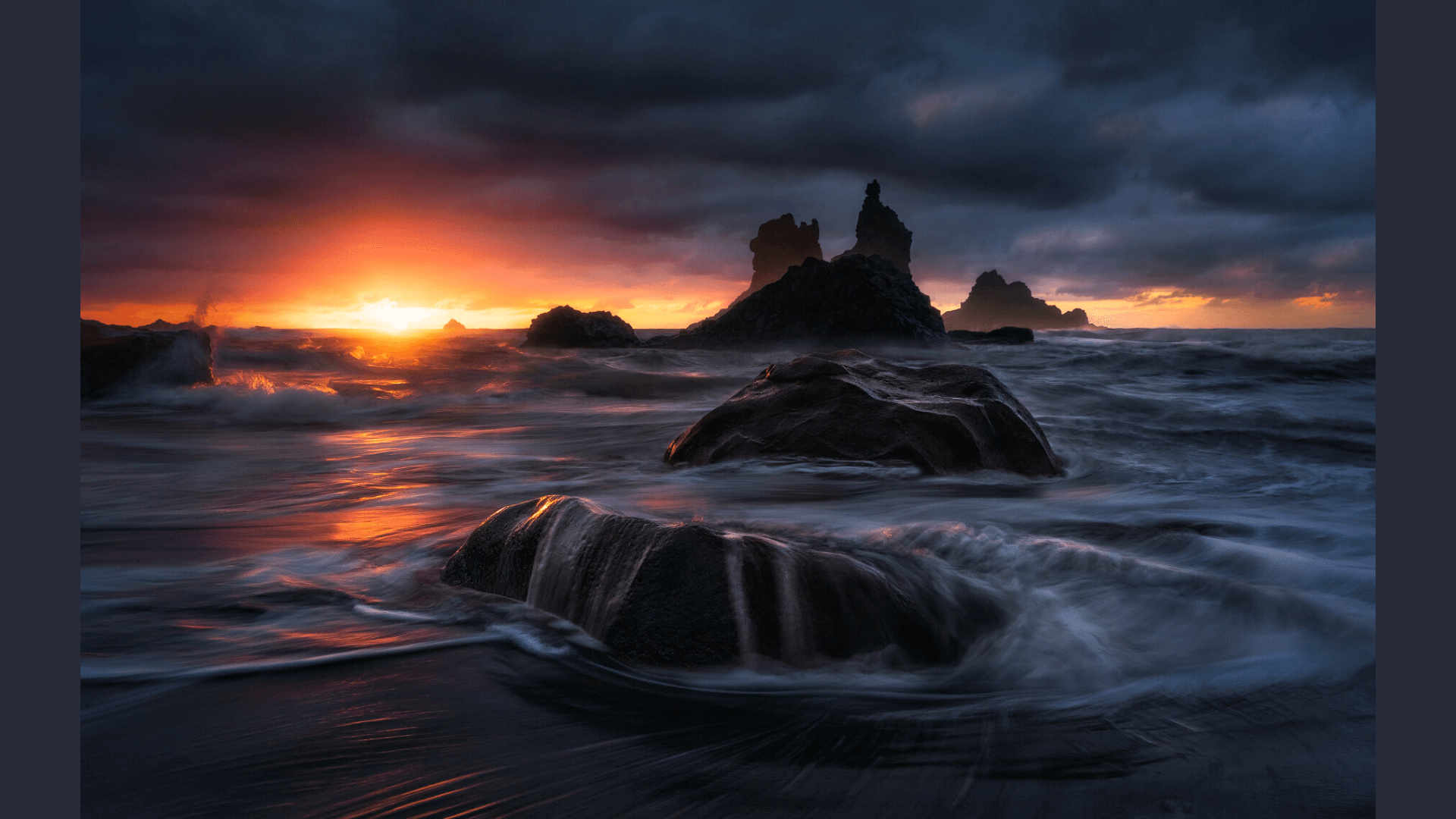
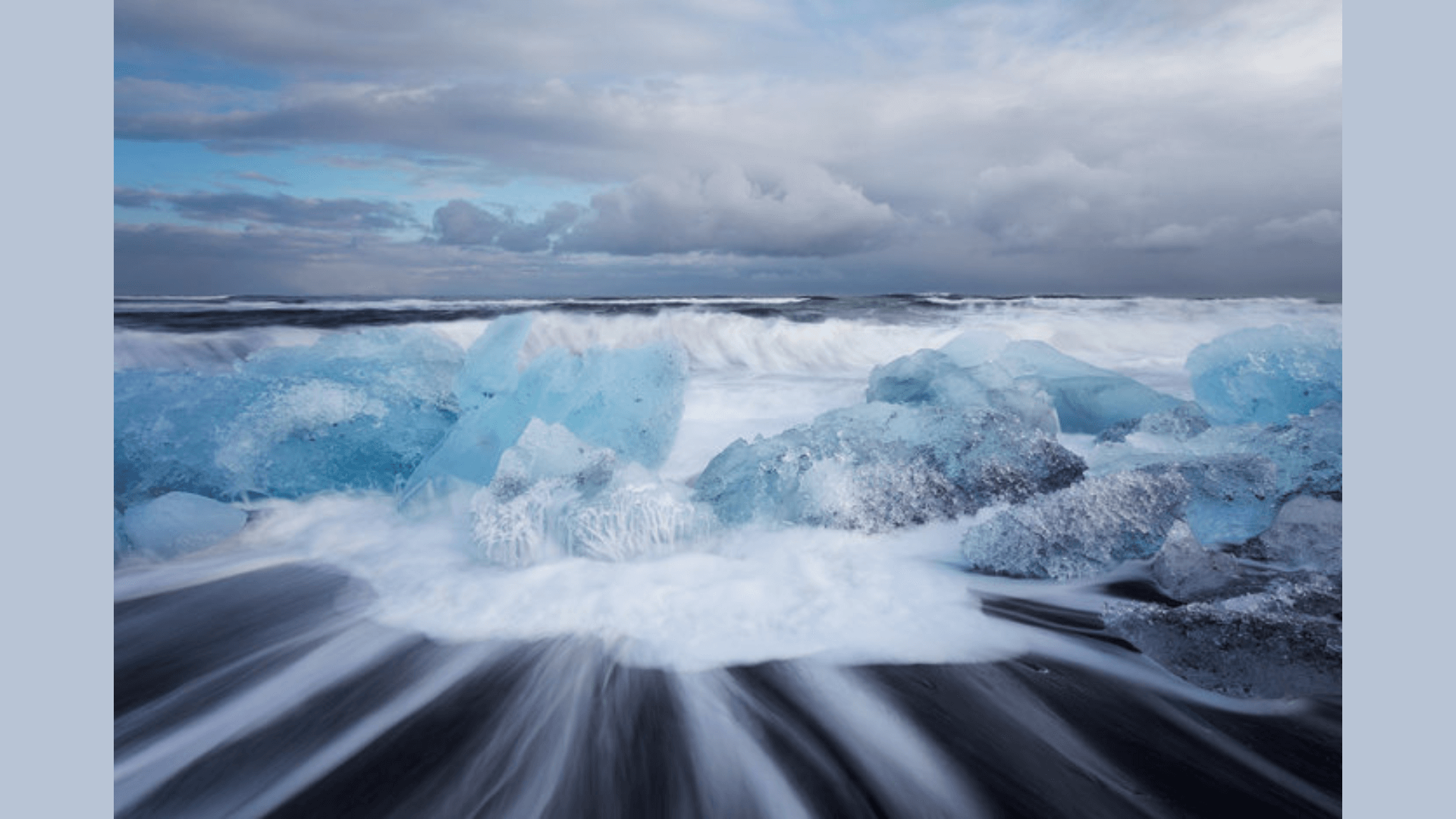
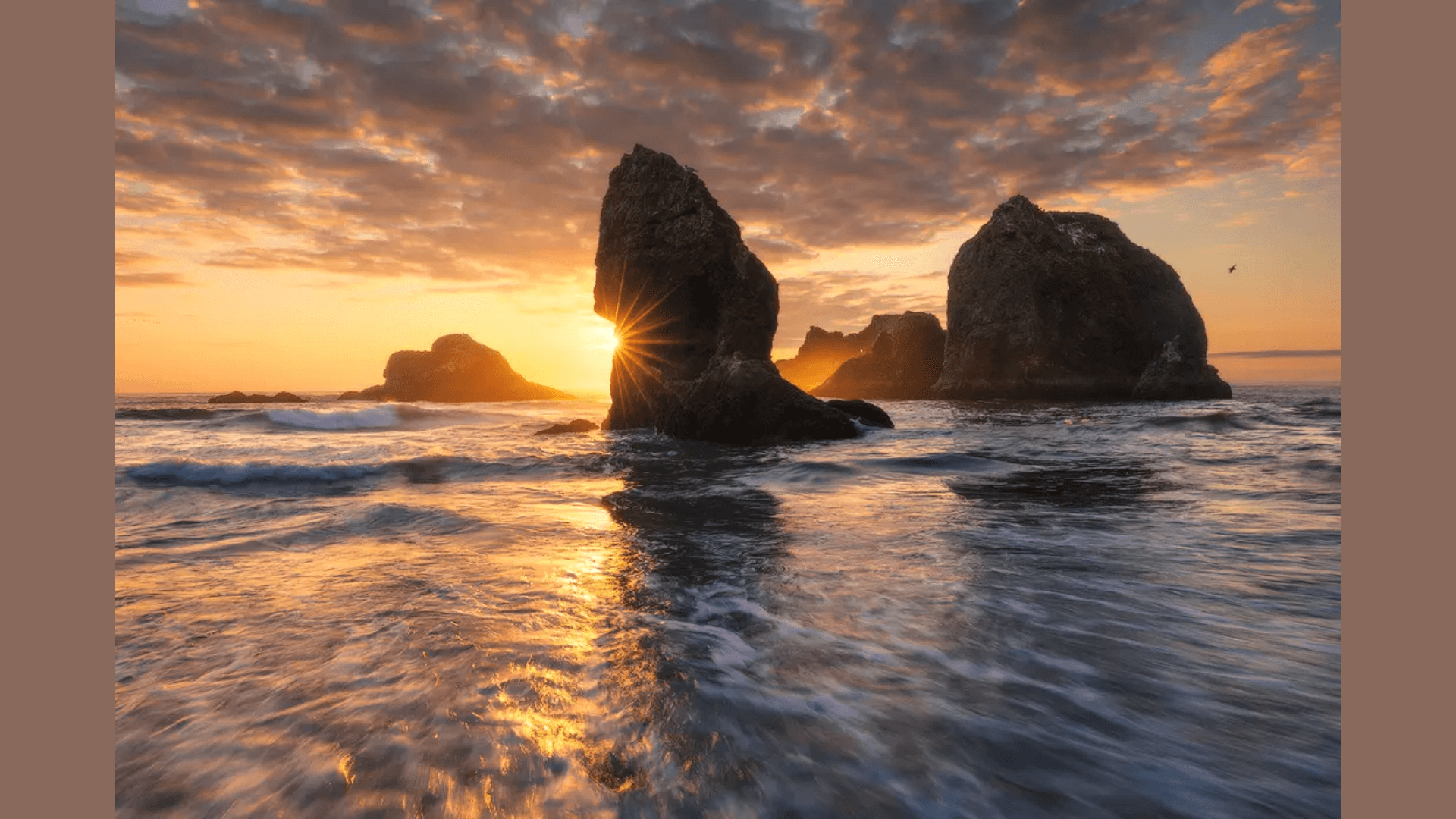
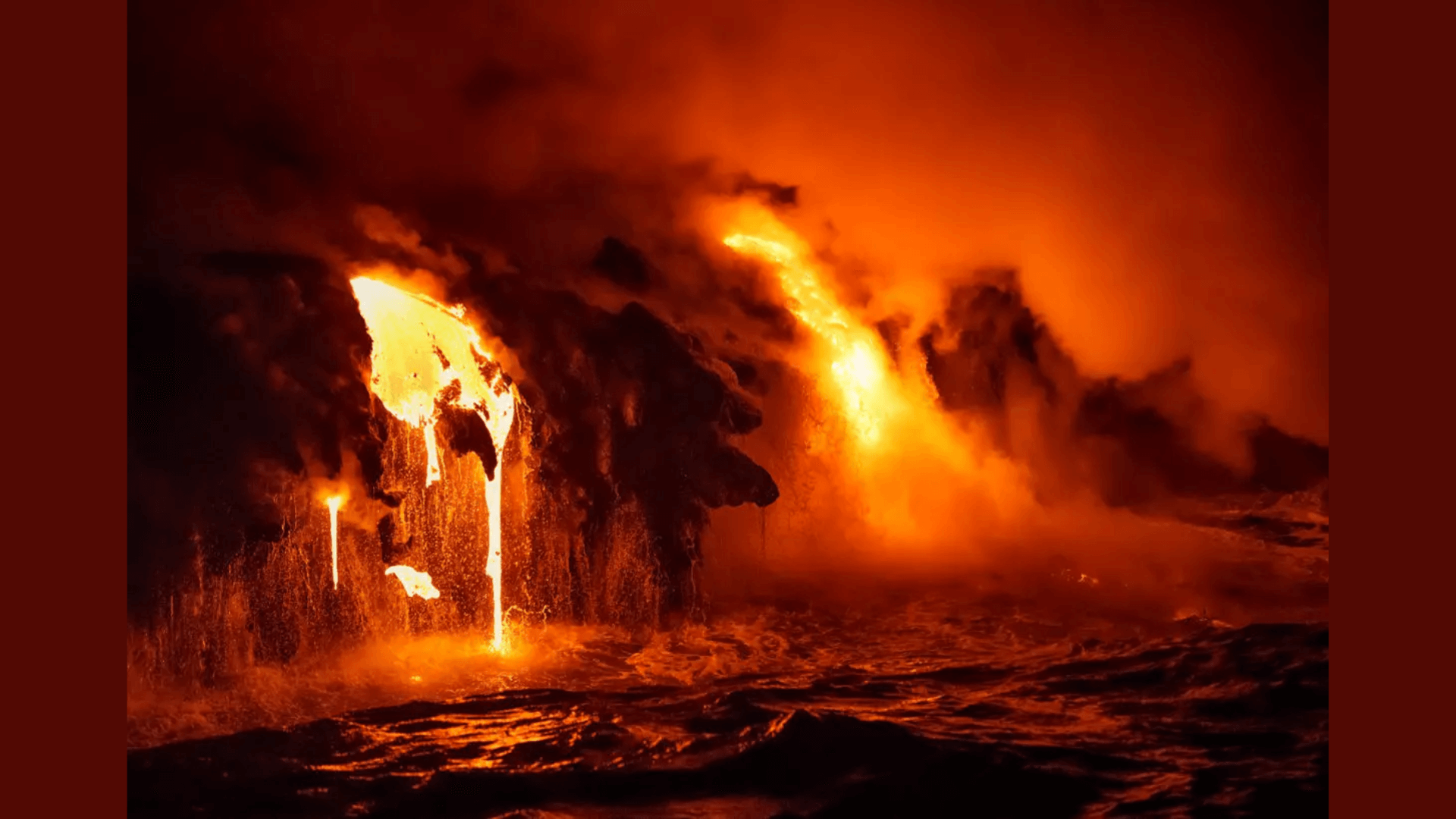
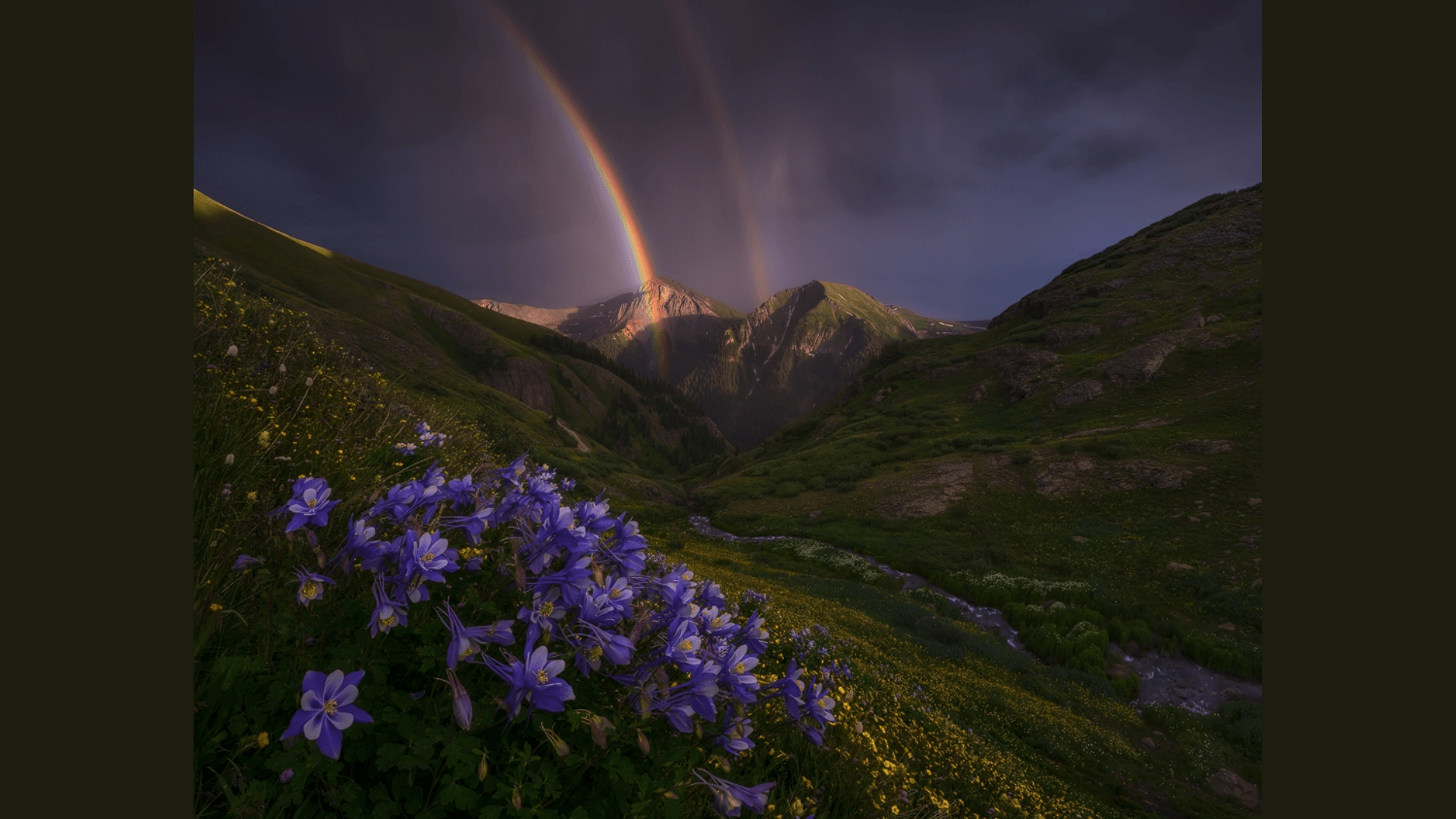
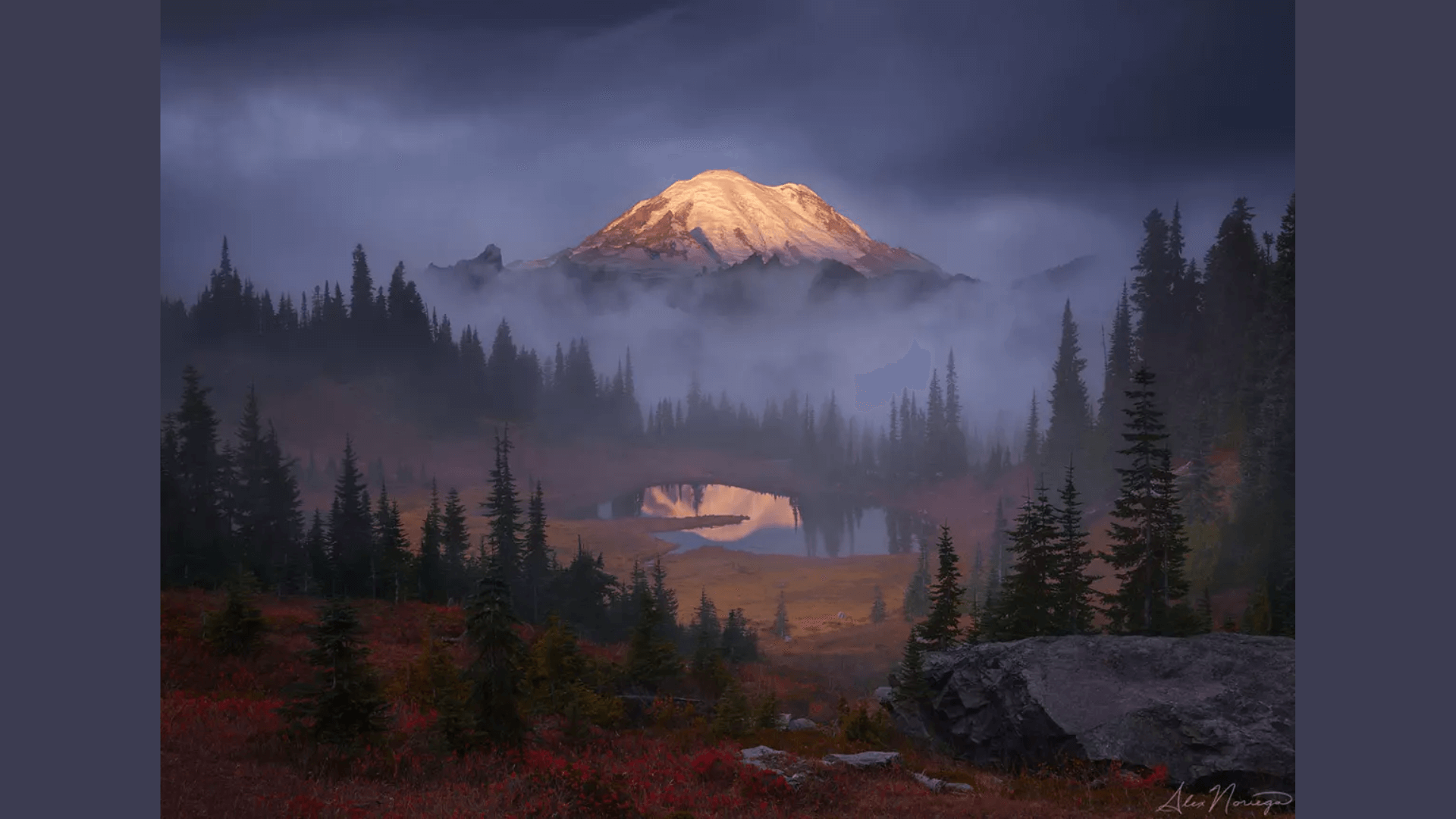
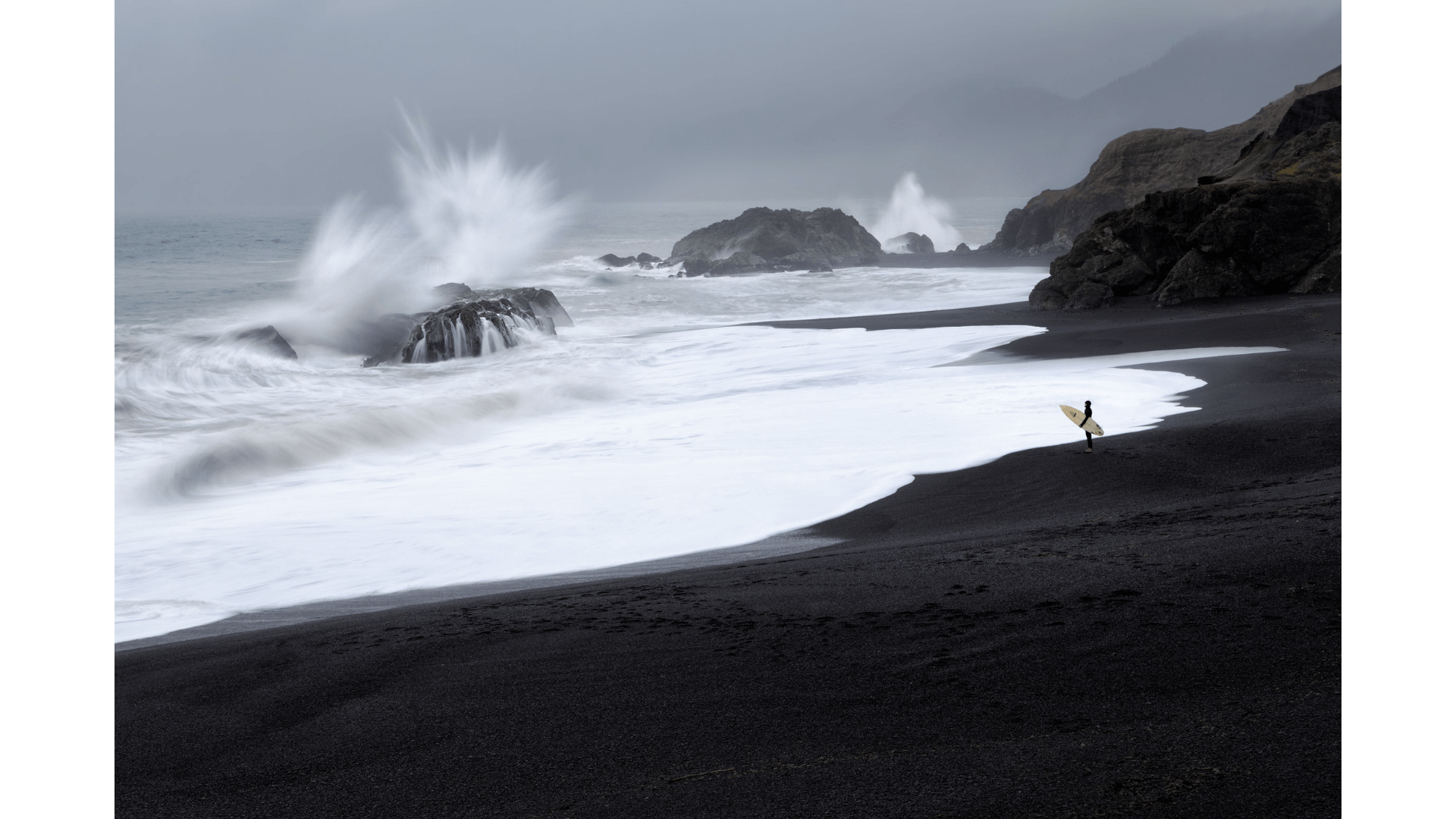
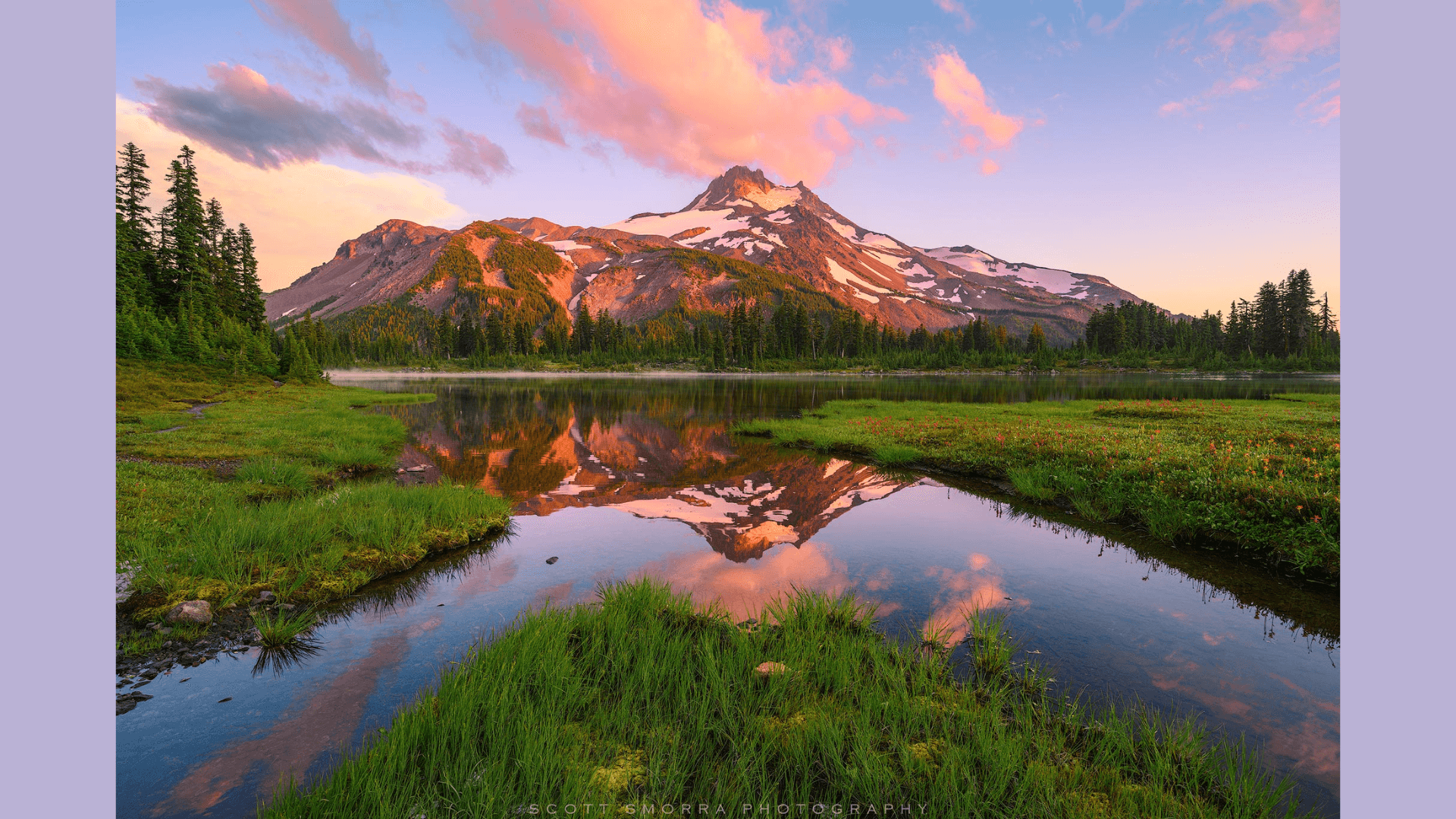
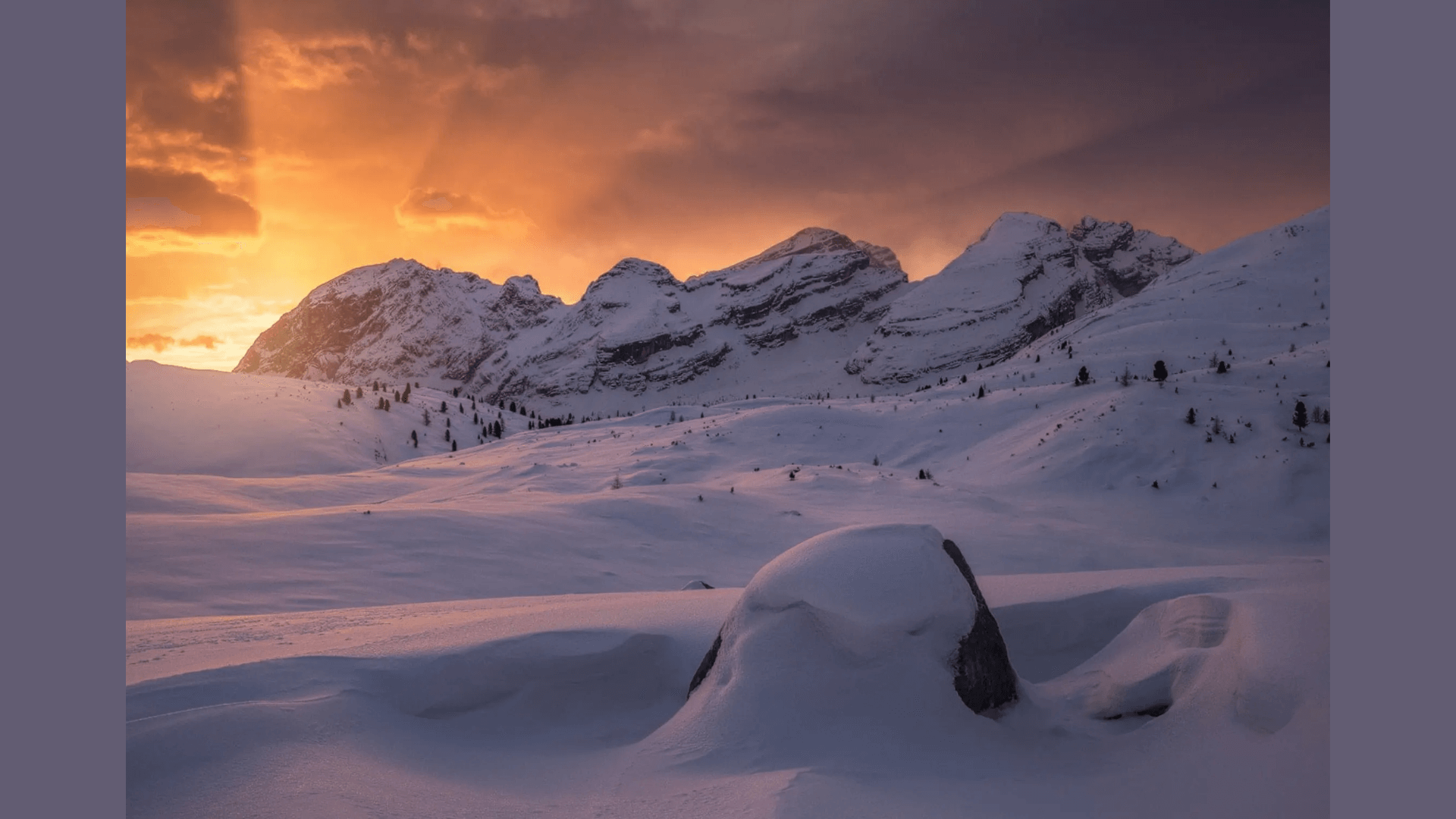
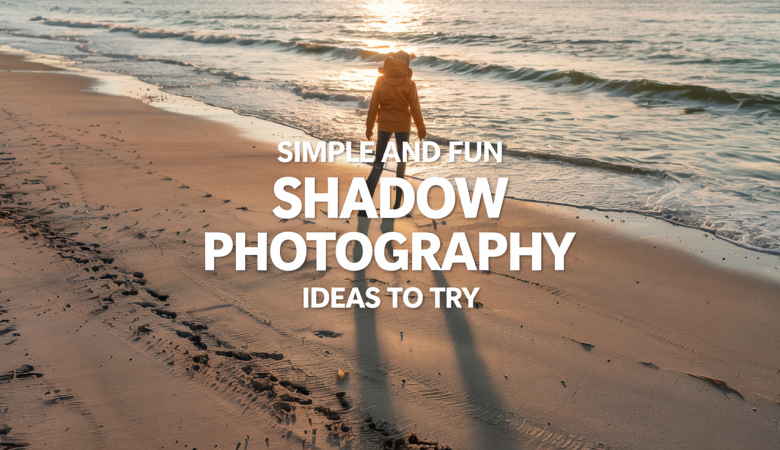
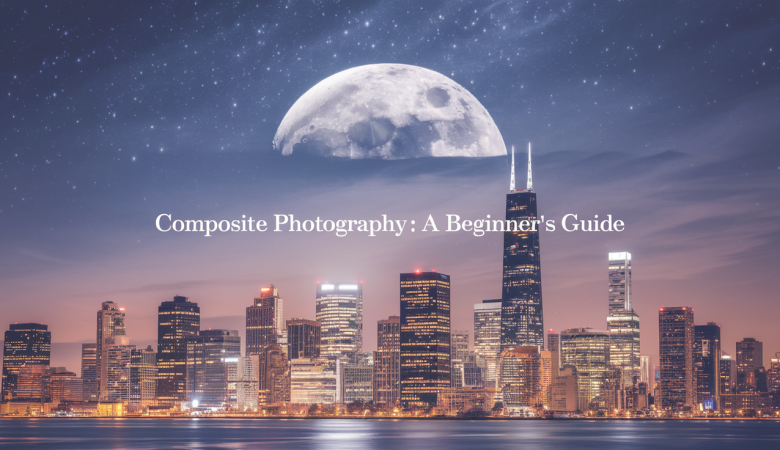

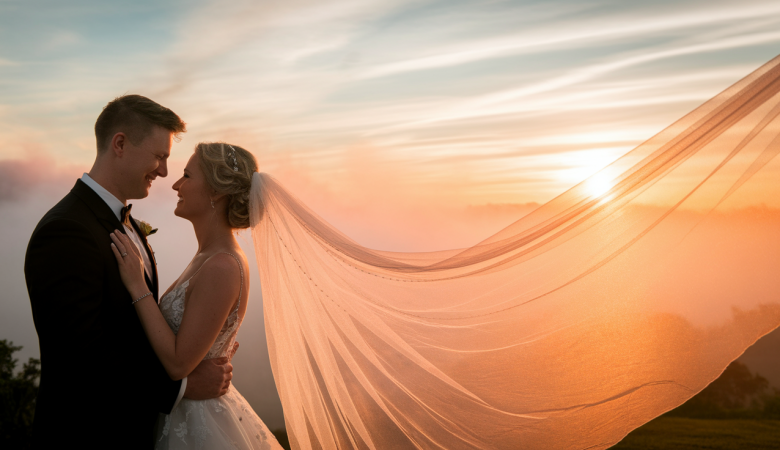
Leave a Reply